Nintendo Music, an iOS app for “enjoying music from Nintendo games”. The extended playback option lets you “lengthen the duration of certain tracks to 15, 30, or 60 minutes to enjoy an uninterrupted listening experience.”



This site is made possible by member support. 💞
Big thanks to Arcustech for hosting the site and offering amazing tech support.
When you buy through links on kottke.org, I may earn an affiliate commission. Thanks for supporting the site!
kottke.org. home of fine hypertext products since 1998.
Entries for October 2024
Game recommendation from Dan Sinker: UFO 50. “I’m doing a disservice in calling UFO 50 a game. Because it’s actually fifty games and, I think, a larger meta game or story that I still have yet to even scratch the surface of.”
An oral history of HotWired, Wired’s original website. “We had a meeting to decide whether we should do writing that includes hyperlinks.”
Who Are the People in the Neighborhood? Part Two.
Hey everyone. Since the membership program here at kottke.org is eight years old (tomorrow!) and the first anniversary of the new commenting system happened a couple of weeks ago, I thought it might be a good time to do another introduction thread. Here’s the prompt from the last time we did this (350+ comments!):
So, in the meantime, if you feel comfortable sharing, you can use this thread to introduce yourself: maybe where you live, what you’re into, your social accounts. I think many of us smartly err on the side of not sharing too many specific details about ourselves online (myself included, but it’s obviously complicated 🙃) due to safety issues, but I think it’s possible to get to know each other a little bit without spilling too many beans.
If you’re a new member/commenter, tell us a little bit about yourself. If you’ve commented here before, give us an update on what you’ve been up to, what you’re reading or watching, etc. If you’re not a member and would like to participate and support the site, you can sign up for a membership here.
“If you were to modify the flash cooling process so that the toffee had more time to harden and work out its air bubbles, it’s possible we could get a type of Butterfinger bar that might be strong enough to be used as a makeshift building material.”
The Time Travel Movie That Doesn’t Go Anywhere
So first of all, before you watch this analysis of Chris Marker’s fantastic La Jetée, you should watch the film itself if you’ve never seen it. It’s 28 minutes long, entirely in black & white, and is a “speculative fiction masterpiece” done with “422 photos, a voiceover, and a score”. You can find it streaming at Amazon, Apple, Criterion Channel, or Kanopy. You will not regret it. And then come back and watch this analysis/appreciation by Evan Puschak.
In a unique settlement agreement, Parkland shooting survivor Anthony Borges now owns the rights to the gunman’s name. “The settlement prevents the gunman from talking to the media or making money by telling his story.”
The Best of Japan’s Mundane Halloween Costumes for 2024
Halloween is not really my thing, but I always like looking through some of the best mundane costumes from Japan via Spoon & Tamago and Nick Kapur. A few of my favorites:

“Man who keeps getting mistaken for a store employee”

“Students who went to the cafe to study but ended up spending the whole time reading manga and looking at their phones”
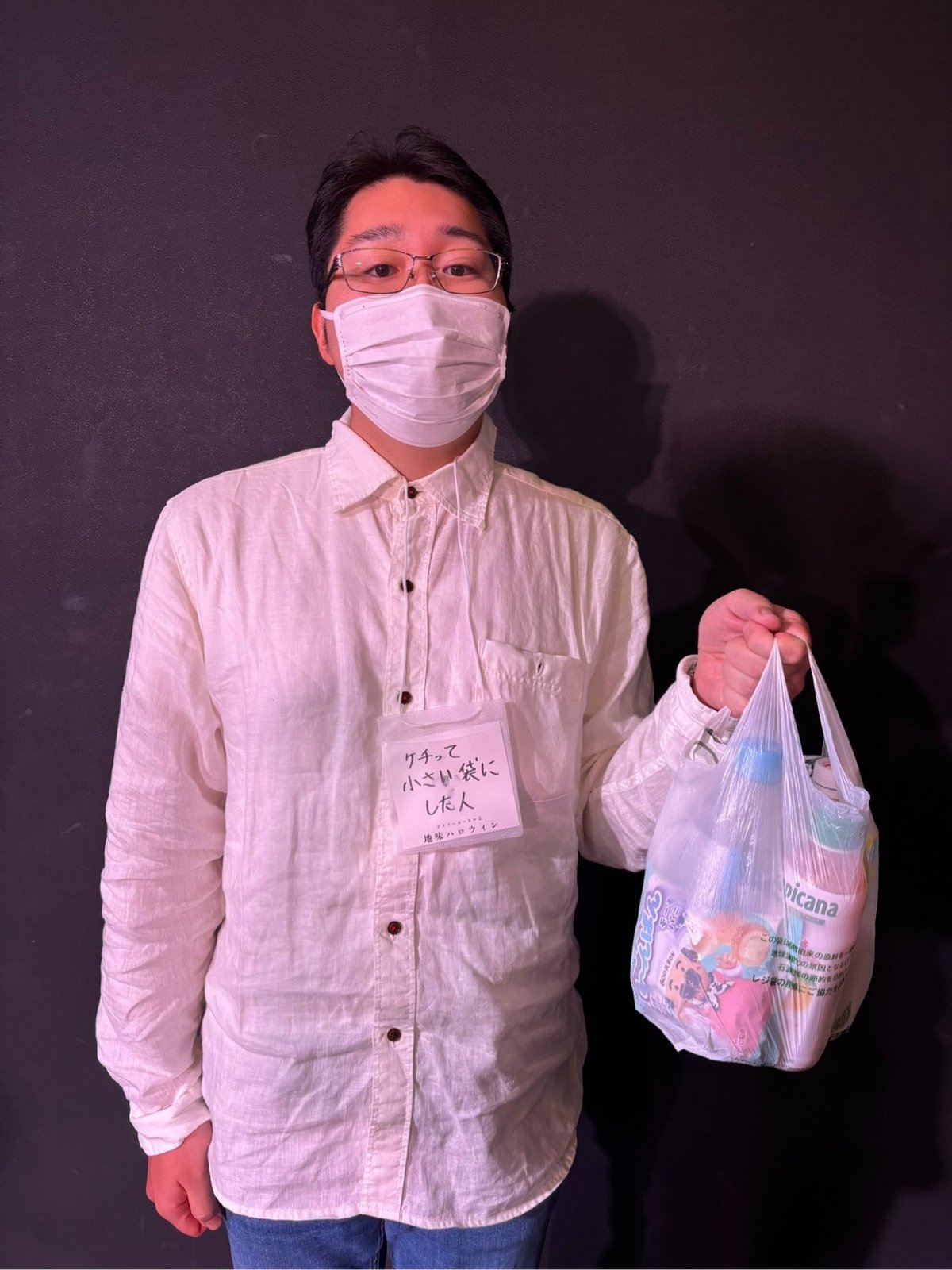
“Person who was stingy and only paid for the smallest plastic bag”

“That one coworker who kindly fills the office humidifier with water every morning”

“Referee at a tug-of-war competition”
The plan to hand Trump the White House if he loses the election. “Preventing this scenario requires Republicans to act in good faith and certify the results of elections that go against their guy.” I don’t have election anxiety; I’m worried about this.
How to Do Action Comedy
From Every Frame a Painting, an appreciation of Jackie Chan and his particular and excellent brand of action comedy.
I love old Jackie Chan movies. When I lived in Minneapolis, a theater there showed them on Saturday nights, late. Drunken Master II is a particular favorite…the final fight scene is AMAZING. The part about how the camera never moves and shoots wide-angle during his scenes is why action in contemporary Hollywood films leaves me yawning.
Collection of 2000+ Free Science Images from the NIH
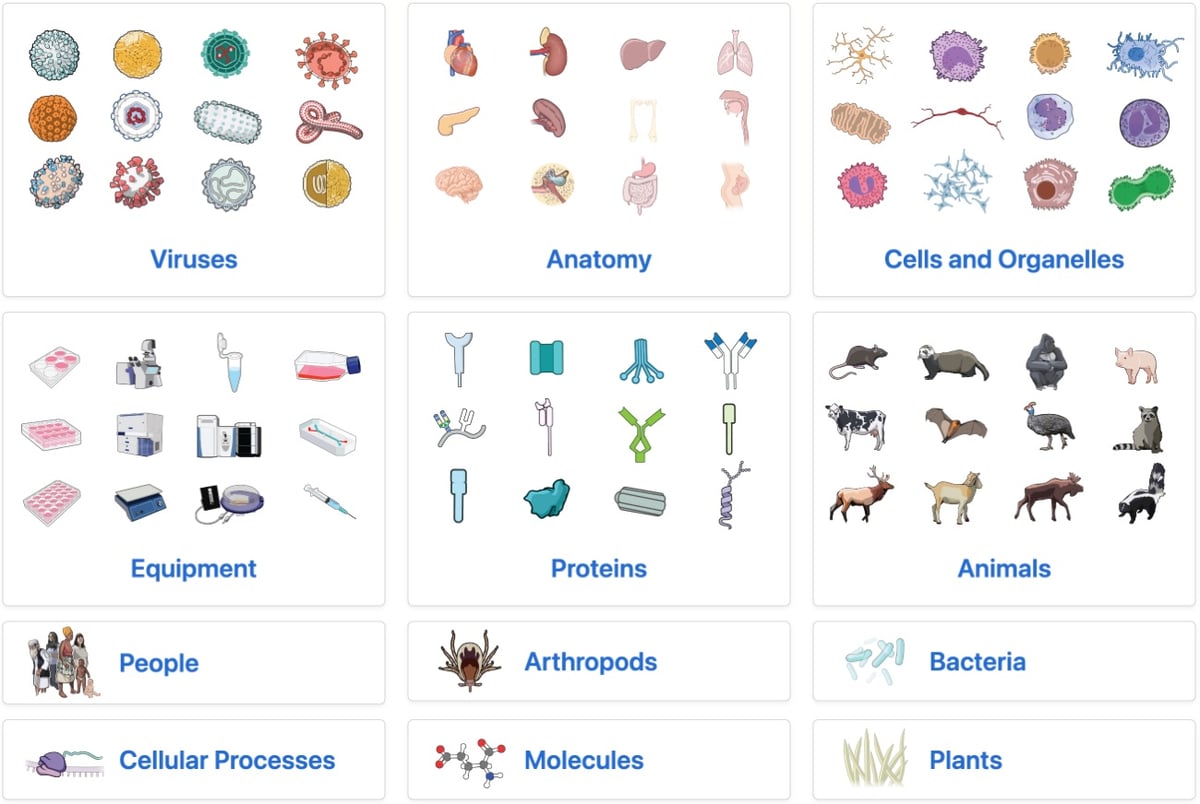
From the NIH, a collection of 2,000+ public domain science and medical art visuals (molecules, plants, viruses, proteins, brushes for repeating items like DNA, fungi, equipment…). High-resolution, free to use — scientists on social media seem pretty pumped about this.
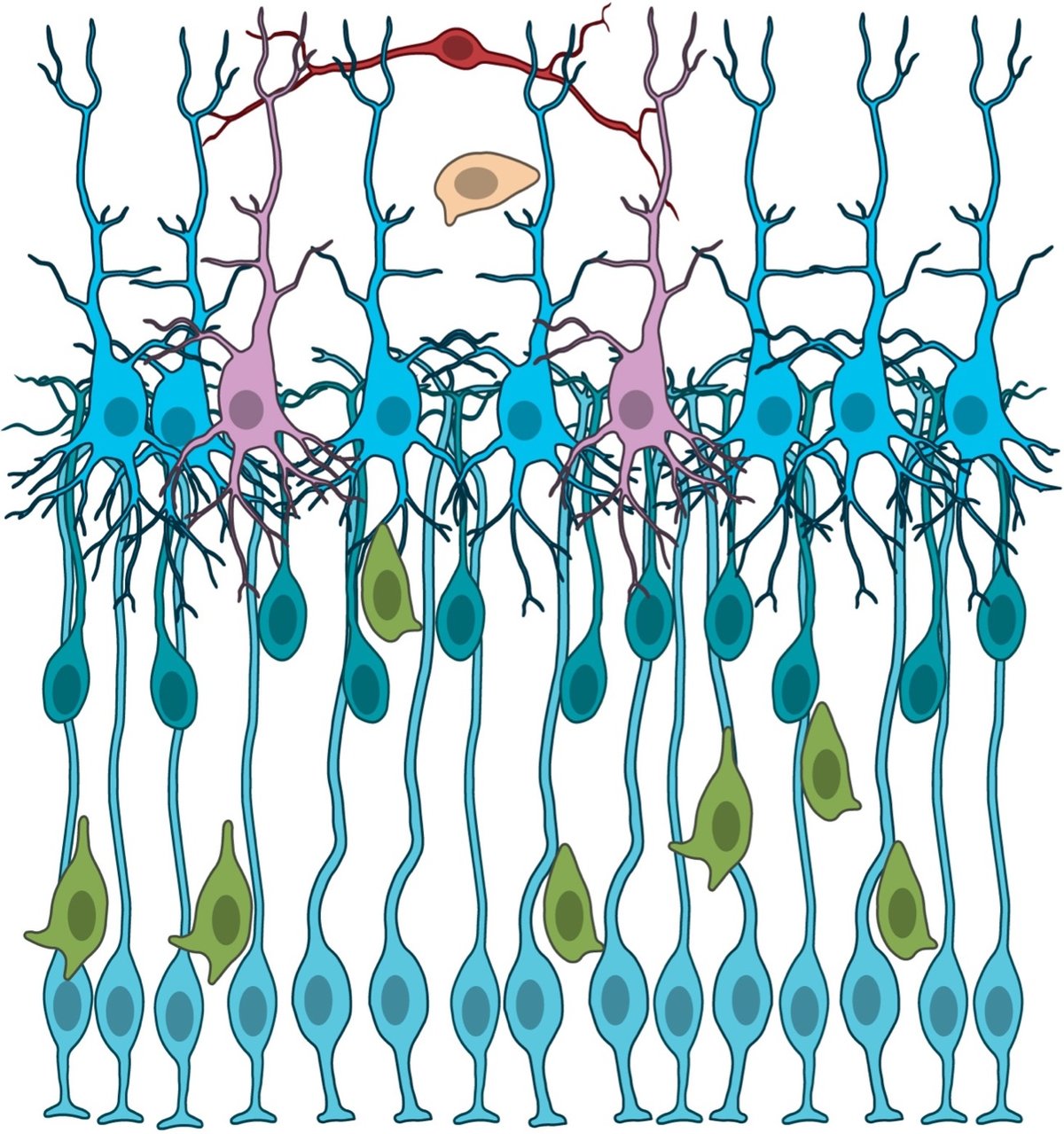


See also PhyloPic, a collection of 10,000 “free silhouette images of animals, plants, and other life forms, available for reuse under Creative Commons licenses”. (via @waldo.net)
In 2002, the US military lost a $250 million war game in 10 minutes. A newly declassified report “warned of military vulnerabilities to unconventional tactics that were later exploited by enemies in real conflicts in Iraq and Afghanistan”.
Lidar drone mapping has revealed previously unknown cities in the mountains of modern-day Uzbekistan that were important Silk Road way stations. One was bigger than many major cities in Italy at the time.
Digital Divinity is a fascinating series on how tech is transforming religion, feat. a Muslim Strava-type app for prayers, tapping digital wooden fish in China, a sharia-compliant streaming service in Malaysia, and Bible advice from an AI chatbot.
Mermaids of North America
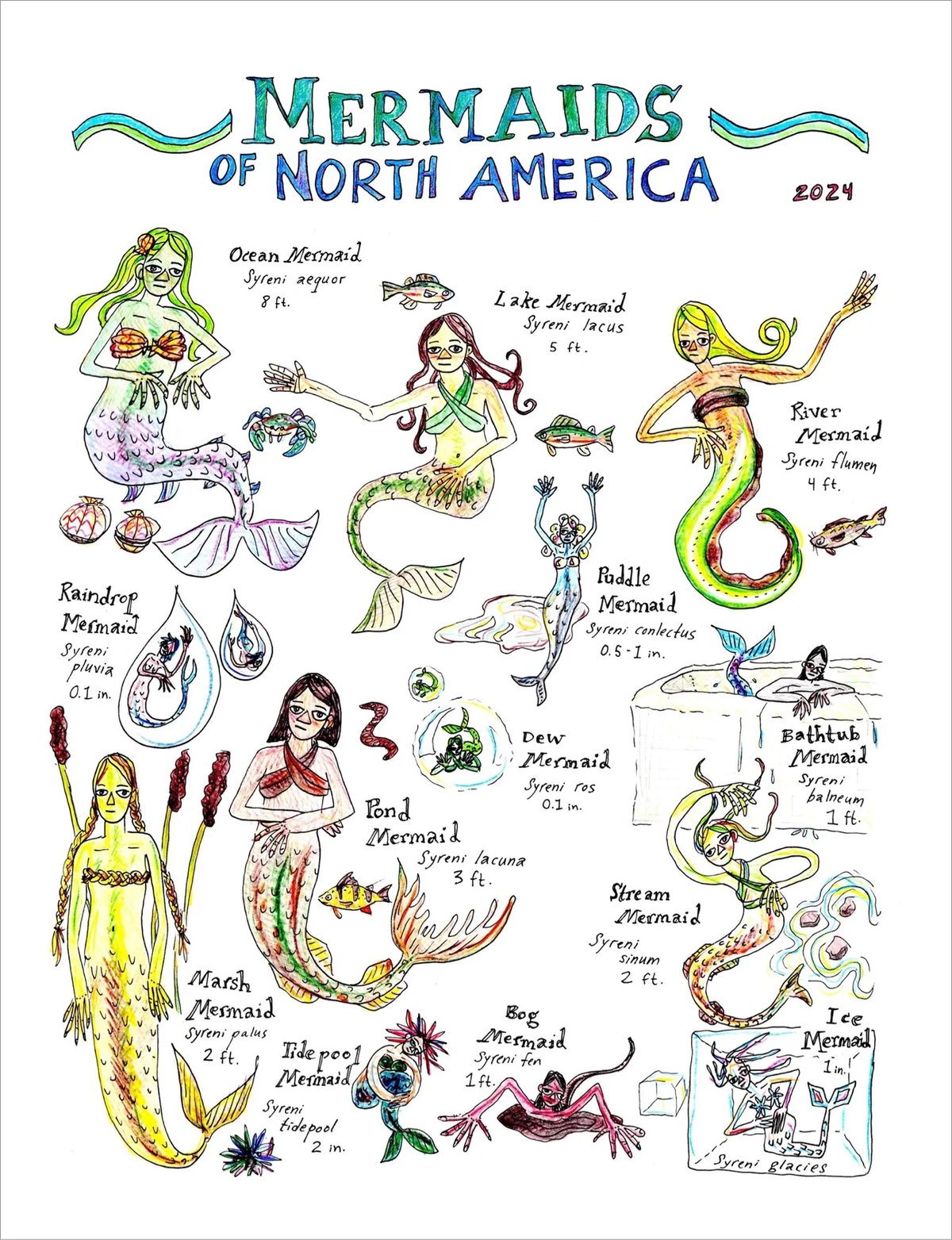
Edith Zimmerman has put some new stuff in her Etsy shop, including original watercolors and this print of Mermaids of North America (which I love).
Bidenomics Is Starting to Transform America. “Objectively, and improbably, he has passed more new domestic programs than any Democratic President since Lyndon Johnson — maybe even since Franklin Roosevelt.”
Kelli Anderson details how the clever A-to-Z 7-segment display mechanism works on the front of Alphabet in Motion, her new pop-up book about typography.
Hyperlinks, the Open Web, and a Membership Appeal
Ok, look. I know there’s a loooot going on these days, particularly in these United States, but I wanted to take a moment to thank everyone who has supported kottke.org over the years with a paying membership. It’s the 8th anniversary of the membership program, and I’ve written many times about what that support means to me and to the site; here’s a snippet:
Perhaps nearest and dearest to my heart, member support keeps the site free, open, and available to everyone on an internet that is increasingly paywalled. It’s not difficult to imagine an alt-universe kottke.org with ads crammed into every bit of whitespace, email collection forms popping up on every visit, and half the site behind a members-only paywall. No shade to those who have gone that route to keep things running — I’d probably make more money with members-only content on Substack or whatever and that pull is tempting. But seriously, I love you folks so much for collectively keeping all of kottke.org on the open web. Thank you.
One important aspect of the open web I haven’t covered here is linking. The web has always been made up of nodes (web sites/pages) and connections between those nodes (hyperlinks). Over time, the number of nodes has increased (good!) but the nodes have also gotten larger (think Facebook or Google or even Substack) and when they get too massive and too competitive with each other with huge content moats to guard, they turn into hypertext black holes: links go in but they don’t link out.
I love linking out to other sites. The strength of the open web is in its many connections between nodes…the more, the better. Links are the whole goddamned point of the web! I want to send people away from kottke.org to learn something new or have a chuckle and then come back the next day for more. The goal is connection, knowledge, and sharing — I proudly have no competitors in this endeavor, only collaborators. (This is just another sentence so that I can link to more folks who love to link.)
And but so, in the interests of keeping this hyperlink party rolling along here at kottke.org, I wanted to appeal to those who aren’t currently supporting the site to consider doing so. (Or if you’re a past member, to consider rejoining.) As always, if you can’t swing it, no sweat! But if you find value in this site and can manage it, I’d appreciate you supporting the site with a membership.
P.S. I also fixed a couple of nasty bugs with the membership system. Please let me know if you notice anything amiss?
P.P.S. I haven’t raised the prices on memberships in 8 years, but if you are a current member and would like to contribute more, you can go to the subscriptions view and click on “change price”. Thanks!
Household Surrealism: Clothesline Animals



Multidisciplinary artist Helga Stentzel cleverly hangs laundry items on clotheslines to make abstract animal shapes. You can find more of her household surrealism on Instagram. (via colossal)
From 2017: I Don’t Know How To Explain To You That You Should Care About Other People. “Our disagreement is not merely political, but a fundamental divide on what it means to live in a society, how to be a good person, and why any of that matters.” 🎯
As a middle-aged man, I would’ve saved loads on therapy if I’d read Baby-Sitters Club books as a kid. “The social taboo which prevented [boys] from reading fiction marketed at girls was infinitely more powerful than anything censorship achieved.”
Retro 80s Versions of Tech Company Logos




Kostya Petrenko makes 80s versions of tech/media company logos as if they’ve been screencapped from CRT displays. I think my favorite of his might be the retro OpenAI logo, which you can see in this reel.
If you are thinking of protesting by not voting, Bernie Sanders answers this question very well: “I disagree with Kamala’s position on the war in Gaza. How can I vote for her?”
Delimar Vera was kidnapped when she was 10 days old and presumed to have died in a fire. “Then came a chance encounter with her real mother at a birthday party…”
What It’s Like Being a Billionaire’s Personal Assistant. “You have to have thick skin. You’re like a rhinoceros or an armadillo. And you have to have incredible patience. You’re working for people who are not used to hearing no.”
“A Vote for Donald Trump Is a Vote for School Shootings and Measles”
One of the best media endorsements of this election cycle comes from EIC Nilay Patel of The Verge, who absolutely pulls no punches in describing Donald Trump and his by-now very familiar patterns and desires.
Trump simply cannot use the tools of democracy to run the country on our behalf. His brain does not work that way, even when it appears to be working. He is too selfish, too stupid, too cognitively impaired, too fucked in the head by social media — too whatever. He just can’t do it. He will make our collective action problems worse because he doesn’t even know what kind of problems they are. There is a reason he loves dictators and that all his biggest ideas involve forcing people to do things at the barrel of a gun: mass deportations, arresting his critics, sending the military into American cities to quell protests. He is unable to imagine a world where people cooperate for any reason other than the threat of violence, and so violence has become an inextricable part of his movement.
I love Patel’s use of the collective action problem to frame his argument. From earlier in the piece:
Collective action problem is the term political scientists use to describe any situation where a large group of people would do better for themselves if they worked together, but it’s easier for everyone to pursue their own interests. The essential work of every government is making laws that balance the tradeoffs between shared benefits and acceptable restrictions on individual or corporate freedoms to solve this dilemma, and the reason people hate the government is that not being able to do whatever you want all the time is a huge bummer. Speed limits help make our neighborhoods safer, but they also mean you aren’t supposed to put the hammer down and peel out at every stoplight, which isn’t any fun at all.
I also thought this was a really interesting observation regarding the challenge facing Democrats (of fitting moderate conservatives, the far-left, and everyone else who isn’t in favor of authoritarianism under the same tent):
Trump and the MAGA movement have stripped the Republican Party of the ability to govern democratically, so that process has moved inside the Harris coalition.
Chris Ware on Richard Scarry

Well! In the Yale Review, Chris Ware (one of my favorite cartoonists) writes about Richard Scarry (one of my favorite children’s book authors) and Cars and Trucks and Things That Go (one of my favorite books).
This year is the 50th anniversary of Scarry’s 1974 Cars and Trucks and Things That Go, which strikes me as a commemoration worthy of ballyhoo, especially now that, as a dad myself, I’ve spent so much time ferrying my own daughter to and from school and birthday parties in various cars that-well, mostly goed. (I’ve owned five automobiles in my life, all of them cheap, one of which smoked and required the driver’s side door to be kept shut with a bungee cord hooked to the opposite armrest, stretched across both driver and passenger. What can I say? I was a young cartoonist on a cartoonist’s budget.)
Unlike those budget vehicles, however, the new deluxe Penguin Random House anniversary edition of Cars and Trucks and Things That Go is lavishly well-made, attentively reprinted with sharp black lines and warm, rich, watercolors. It includes an especially lively afterword by Scarry’s son Huck, in which he explains, using language even a kid can understand, how his dad wrote and drew the book, as well as hinting at what it was like to grow up as the son of arguably the world’s most popular and successful children’s book author.
Reader, I have never clicked “buy” faster than I did when ordering the 50th anniversary version of Cars and Trucks and Things That Go — I’m very much looking forward to peeking behind the scenes. But also, do read Ware’s whole piece…it’s an inspiring review of Scarry’s career & impact and contains all manner of little observations like these:
(Lowly was perhaps the first children’s book animal character with a real nod to the ADA and the myth of “dis”-ability, and cheerfully makes his linear form work in all sorts of inspiring and disarmingly moving ways.)
And:
But the more one looks at his work, the more one sees how the European daily grocery trip, the walk to a nearby shop or tradesman’s guild, the tiny apple car fit for a worm are not part of the blowout-all-in-for-oneself-oil-fueled-free-for-all toward which America was barreling in the late 1960s.
A list of the 20 best art museums in America, including the Wadsworth Atheneum, MoMA, MFA Boston, the Art Institute of Chicago, and the top dog, the Metropolitan Museum of Art.
The Last of Us Season Two Trailer
Somehow, I missed that the teaser trailer for season two of the excellent The Last of Us premiered almost a month ago. I guess both I and the world have been busy with other things and also keeping tabs on the entire interest and media landscape is just not something that’s possible.
Anyway, I am excited for this season to drop sometime in 2025. The skinny from Wikipedia is:
The second season, based on the 2020 game The Last of Us Part II, follows Joel (Pedro Pascal) and Ellie (Bella Ramsey) five years after the events of the first season, and introduces Abby (Kaitlyn Dever).
And that “the season is expected to span seven episodes”.
Five ways a Trump presidency would be disastrous for the climate. He plans to “delete spending on clean energy, abolish ‘insane’ incentives for Americans to drive electric cars, scrap various environmental rules and unleash a ‘drill, baby, drill’ wave…”
Oxfam analysis: “Investment emissions are the most significant part of a billionaire’s carbon footprint”, dwarfing jet & yacht emissions. “40% of the billionaire investments are in highly polluting industries: oil, mining, shipping, and cement.”
Some speculative analysis about how the ever-decreasing projections of global population (now ~9bn in 2054) might impact our climate future — “all else equal, fewer people means less carbon dioxide emissions.”
The Nirvana Concert “Sabotaged” by Kurt Cobain to Spite an Angry Crowd
When Nirvana played a huge stadium show in Buenos Aires in 1992, an all-“female/queer/trans” band called Calamity Jane opened for them. The crowd pelted the band with objects like coins and rocks, forcing them off-stage and infuriating Kurt Cobain. Instead of refusing to play, the band went out and played a bunch of songs the audience didn’t know, started but then didn’t actually play all of Smells Like Teen Spirit, and generally just had fun pissing the crowd off for more than an hour. Here’s the full video of the show:
A few of the fun parts are the two Smells Like Teen Spirit false starts at 7:34 & 10:29 and Come As You Are at 23:14 (“hey hey hey hey hey”). Here’s how Cobain tells it:
When we played Buenos Aires, we brought this all-girl band over from Portland called Calamity Jane. During their entire set, the whole audience — it was a huge show with like sixty thousand people — was throwing money and everything out of their pockets, mud and rocks, just pelting them. Eventually the girls stormed off crying. It was terrible, one of the worst things I’ve ever seen, such a mass of sexism all at once. Krist, knowing my attitude about things like that, tried to talk me out of at least setting myself on fire or refusing to play. We ended up having fun, laughing at them (the audience). Before every song, I’d play the intro to ‘Smells Like Teen Spirit’ and then stop. They didn’t realize that we were protesting against what they’d done. We played for about forty minutes, and most of the songs were off Incesticide, so they didn’t recognize anything. We wound up playing the secret noise song (‘Endless, Nameless’) that’s at the end of Nevermind, and because we were so in a rage and were just so pissed off about this whole situation, that song and whole set were one of the greatest experiences I’ve ever had.
Calamity Jane vocalist Gilly Ann Hanner recently wrote about the incident:
Somewhere around the second song or so, there is a moment when I open my eyes to finally take it all in, and realize that the crowd is competing with us — they are shouting at us and flipping us off, and even somehow penises are flashed. This really does not compute at first, I am in super punk rock overdrive, but I notice that there is a ring of spit gobs surrounding me on the stage; I look across the stage to my bandmates and there is dismay, anger, and dare I say terror in their eyes. We are now being pelted with clods of dirt, coins, ice cubes, more spit, and inundated with shouts of a word I fully understand “Puta!” (Whore). Looking out on a sea of penises and middle fingers, it is evident that they are not happy, they do not like us, and they want us off the stage. It becomes pretty impossible to continue playing — I mean we aren’t the Sex Pistols — we don’t want the crowd to actively hate us!
Aside from a reunion gig in 2016, Calamity Jane never played again — the Buenos Aires show was their last.
WHAT?! “In Sverris Saga, the Old Norse saga of King Sverre Sigurdsson, one passage details a 1197-CE raid on the castle and mentions a dead man thrown into the well. Radiocarbon dating supports that these are that individual’s remains.”
Hear a Chopin Waltz Unearthed After Nearly 200 Years. A leading Chopin scholar: “My jaw dropped I knew I had never seen this before.”
A Recent Seismic Map of the World

From 1980 to the present, a timeline map of every earthquake in the world with a magnitude of 5 or above. You can play around with different parameters and data, so you can see where the different tectonic plates are, just see where the biggest earthquakes occurred, or add in volcanic eruptions. You can also draw a cross section and it will show how deep the quakes occurred along that line.
“Timothée Chalamet makes surprise appearance at NYC lookalike contest just as cops break it up.” Greatest city in the world. “‘One Willy Wonka lookalike who was taken into custody,’ an NYPD rep said.” Lamest police force in the world.
New book from John Green: Everything Is Tuberculosis, the story of “the scientific and social histories of how tuberculosis has shaped our world and how our choices will shape the future of tuberculosis”. (Green is signing 100,000 copies of this!)
Dua Lipa’s (Proper) Tiny Desk Concert
In 2020, during the dark days of our first pandemic winter, Dua Lipa played NPR’s Tiny Desk Concert remotely from London, which is still the most popular Tiny Desk of all time (130M views). This week, NPR had Lipa ‘round the office for a proper set, with the singer playing four songs off of her latest album, Radical Optimism.
Befitting an artist whose newest songs often reflect the pursuit of personal growth — see: “Happy for You” — Lipa and her team breezed through the NPR Music offices with a mix of low-drama professionalism and unmistakable warmth. We’ve dealt with a lot of stars (and their teams) over the years, and as often as people ask us to dish about people who’ve been difficult, we’ve mostly accumulated stories of people who’ve been lovely to have around. Even among all those, Lipa and her people stood out: They were kind, gracious, fun and game.
The NY Times Editorial Board: “Donald Trump says he will prosecute his enemies, order mass deportations, use soldiers against citizens, play politics with disasters, abandon allies. Believe him.”
Above
High above the streets of NYC, Brazilian ballet dancer Ingrid Silva performs wearing a custom paper sculpture.
Revealing the rooftop of Renzo Piano’s New York Times Building for the first time, director Jacob Krupnick captures Brazilian ballet dancer Ingrid Silva against the Manhattan skyline at sunrise for short film Above. Dancing to music by Nils Frahm and wearing a custom paper sculpture by French artist Pauline Loctin, Silva moves between HVAC utilities humming 800 feet above the city, in an unseen space with an unexpected elegance.
Overturning Roe v. Wade resulted in more infant deaths. “Hundreds more babies died than expected in the year and a half after the Supreme Court ended the constitutional right to abortion in June 2022.”
If Adam Picked the Apple

From Danielle Coffyn, a poem called If Adam Picked the Apple. Here’s the first bit of it:
If Adam Picked the Apple
There would be a parade,
a celebration,
a holiday to commemorate
the day he sought enlightenment.
We would not speak of
temptation by the devil, rather,
we would laud Adam’s curiosity,
his desire for adventure
and knowing.
You can read the rest of the poem here and preorder her poetry collection of the same name.
BTW, the hilarious painting is The Rebuke of Adam and Eve (1626) by Domenichino. That Adam, what a wanker.
Here’s how foods that were a part of WWII soldiers’ rations (like M&Ms, Nescafé, and Spam) made their way into American homes after the war. And a cheap, post-war glut of powdered cheese resulted in the invention of Cheetos.
“Polls are not votes. The candidates are not deadlocked. There is no ahead or behind, even ‘with 72% of precincts reporting’ on election night. The way elections work is they’re 0-0 all the way up until the votes are counted and then someone wins.”
The System of International Maritime Signal Flags

An illustrated and hand-lettered guide to the system of international maritime signal flags that are used to communicate when speaking is difficult (“because of language barriers, distance, etc….”)

See also hand flag semaphore and day shapes from the same creator.
Gobsmacking Image of a Stellar Nursery

Wow, check out this just-released image from the JWST team of star cluster NGC 602.
The local environment of this cluster is a close analogue of what existed in the early Universe, with very low abundances of elements heavier than hydrogen and helium. The existence of dark clouds of dense dust and the fact that the cluster is rich in ionised gas also suggest the presence of ongoing star formation processes. This cluster provides a valuable opportunity to examine star formation scenarios under dramatically different conditions from those in the solar neighbourhood.
It is very worth your time to click through and look at this image in all of its massive celestial glory. I found this image via Phil Plait, who calls it “one of the most jaw-droppingly mind stomping images I’ve seen from JWST” and, directing us back to the science (remember the science?!), notes that NGC 602 is actively forming stars (it’s only about 5 million years old) and that it depicts “the first young brown dwarfs outside our Milky Way”. Cool!
Join or Die, the documentary about Robert Putnam (author of Bowling Alone and popularizer of “social capital”) that I posted about back in February, is now available on Netflix.
Conservative Man Proudly Frightened Of Everything. “I’m scared of books. I’m scared of movies. I’m scared of songs. I’m scared of cartoons.”
Death of a Pig by E.B. White (1948)

From the Atlantic in 1948, Death of a Pig by E.B. White is about the story that inspired the author to write Charlotte’s Web a few years later.
The scheme of buying a spring pig in blossom time, feeding it through summer and fall, and butchering it when the solid cold weather arrives, is a familiar scheme to me and follows an antique pattern. It is a tragedy enacted on most farms with perfect fidelity to the original script. The murder, being premeditated, is in the first degree but is quick and skillful, and the smoked bacon and ham provide a ceremonial ending whose fitness is seldom questioned.
Once in a while something slips — one of the actors goes up in his lines and the whole performance stumbles and halts. My pig simply failed to show up for a meal. The alarm spread rapidly. The classic outline of the tragedy was lost. I found myself cast suddenly in the role of pig’s friend and physician — a farcical character with an enema bag for a prop. I had a presentiment, the very first afternoon, that the play would never regain its balance and that my sympathies were now wholly with the pig. This was slapstick - the sort of dramatic treatment which instantly appealed to my old dachshund, Fred, who joined the vigil, held the bag, and, when all was over, presided at the interment. When we slid the body into the grave, we both were shaken to the core. The loss we felt was not the loss of ham but the loss of pig. He had evidently become precious to me, not that he represented a distant nourishment in a hungry time, but that he had suffered in a suffering world.
Charlotte’s Web was a deeply personal book for White — even years later, when recording the radiant audiobook version, White could barely get past the death of Charlotte at the end:
The producer later said that it took him 17 takes to read the death scene of Charlotte. And finally, they would walk outside, and E.B. White would go, this is ridiculous, a grown man crying over the death of an imaginary insect. And then, he would go in and start crying again when he got to that moment.
Walt Disney’s Corporate Strategy Chart
From 1957, this is a drawing of the synergistic strategy of Walt Disney Productions, or what Todd Zenger of Harvard Business Review calls “a corporate theory of sustained growth”.
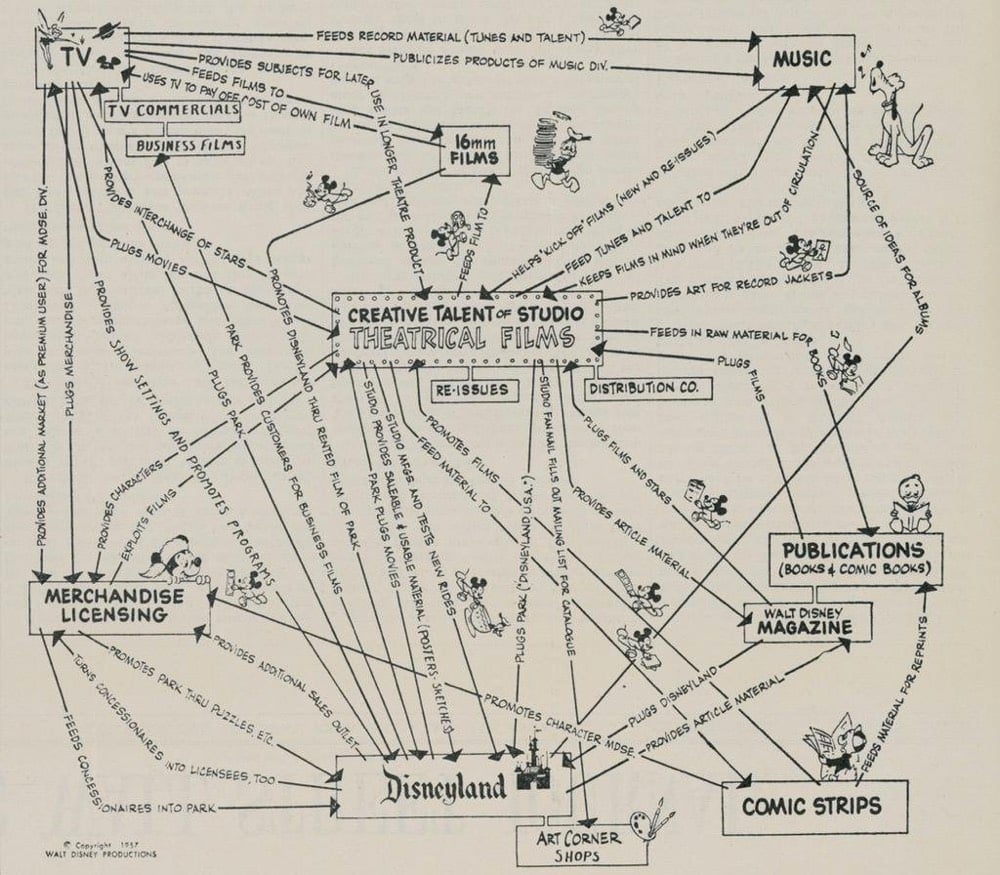
The boxes on the chart have changed, but since the appointment of Bob Iger as CEO, Disney has seemingly doubled down on Walt’s old strategy with their increased focus on franchises.
Disney’s dominance can be boiled down very simply to one word: franchises. Or rather, an “incessant focus on franchises” in the words of former Disney CFO Jay Rasulo.
“Everything we do is about brands and franchises,” Rasulo told a group of financial analysts last September. “Ten years ago we were more like other media companies, more broad-based, big movie slate, 20 something pictures, some franchise, some not franchise. If you look at our slate strategy now, our television strategy, almost every aspect of the company, we are oriented around brands and franchises.”
Franchises are well suited to extend across multiple parts of a big business like Disney, particularly because it’s a repeating virtuous cycle: movies drive merchandise sales and theme park visits, which in turn drives interest for sequels and spin-offs, rinse, repeat, reboot.
I wonder if more tech companies could be using this strategy more effectively. Apple does pretty well; their various hardware (iPhone, iPad, Mac), software (iOS, OS X), and services (iCloud, App Store, iTunes Store) work together effectively. Microsoft rode Office & Windows for quite awhile. Google seems a bit more all over the place — for instance, it’s unclear how their self-driving car helps their search business and Google+ largely failed to connect various offerings. Facebook seems to be headed in the right direction. Twitter? Not so much, but we’ll see how they do with new leadership. Or old leadership…I discovered Walt’s chart via interim Twitter CEO Jack Dorsey.
The 1619 Project: A Visual Experience is an illustrated version of the bestselling book by Nikole Hannah-Jones, featuring archival images, photos by Black photographers, and artwork from Black artists like Carrie Mae Weems & Vitus Shell.
“Things look a little different around Lumon.” The official teaser trailer for season two of Severance reveals a liiiiittle bit more about the upcoming season but not much. January 17, 2025 can’t come soon enough!
“How you love, how you give, and how you suffer is just about the sum of who you are.” Maria Popova reflects on 18 years of her excellent website, The Marginalian. Learning to carry one’s vulnerability is one hell of a reframing.
Here’s what participating in a human challenge trial for dysentery is like. They give you the disease and then try treating it, in this case with bacteriophage therapy. “I made plans to spend my 30th birthday in a dysentery ward.”
On the logistics of building a space telescope powerful enough “to examine the features of nearby exoplanets with the same detail we can naturally see on the Moon”.
The Punitive and Predatory Cost of Going to Jail
This short video takes us on a trip through the criminal justice system and highlights a “hidden form of punishment” directed toward incarcerated people: fees. At every turn, people who are sentenced to incarceration are subject to tens of thousands of dollars in fees: bail fees, public defender fees, filing fees, court costs, mandatory contributions to funds like the state police fund, room & board, phone calls, money transfer fees, medical co-pays, and fees for post-incarceration monitoring. This is on top of any penalties that are paid by offenders.
We’re not talking about fines, those monetary punishments that judges impose on offenders. And this isn’t about restitution, which is an additional sanction intended to reimburse victims. Fees are far more insidious, functioning like predatory taxes that raise revenue for the government. They can vary from state to state, municipality to municipality, institution to institution.
And they can have severe economic consequences, particularly for people who are already broke when they enter the system — that is, most people who run afoul of the law. The resulting debts can destroy people’s credit, prevent them from voting and interfere with their ability to find employment and housing.
And guess what? People in debt turn to crime to pay their bills. This is all just another way that America’s criminal justice system is punitive and not rehabilitative.
New children’s picture book from the excellent Jessica Hische: My First Book of Fancy Letters, “a delightful spin on the traditional alphabet book, featuring creatively hand-lettered words from A to Z”.
Pony Boys

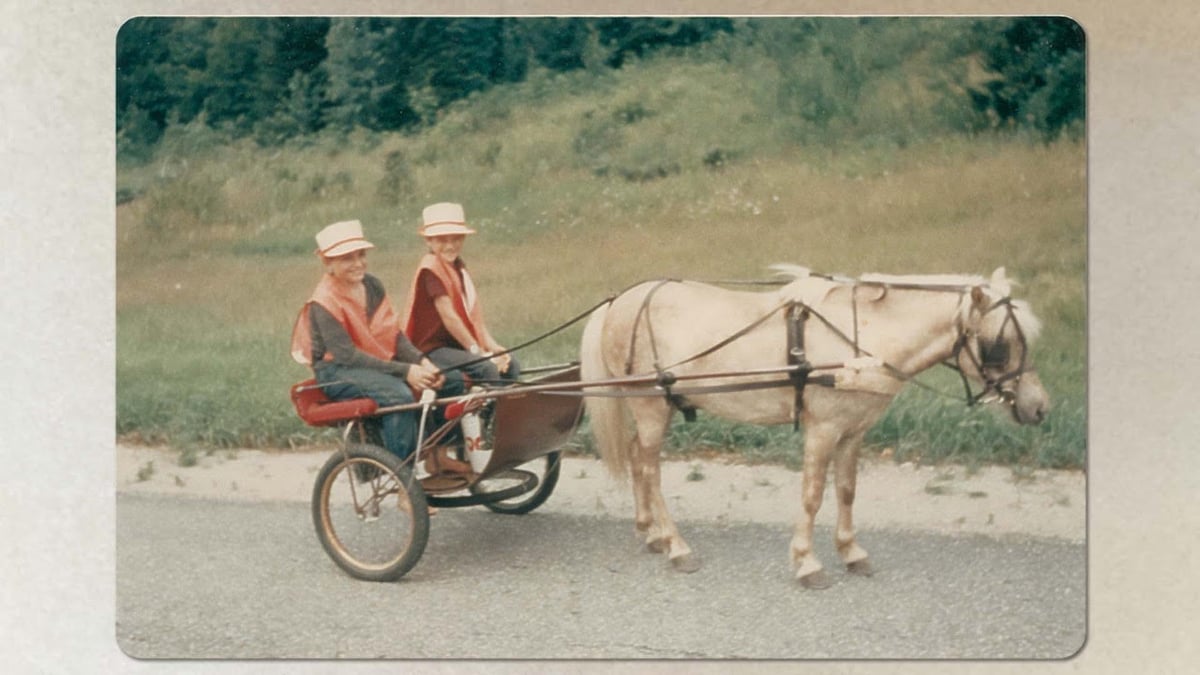
Pony Boys is a delightful short documentary about two boys (aged 9 & 11) who traveled from a Boston suburb to the 1967 World’s Fair in Montreal by pony cart.
In the short documentary above, the “pony boys,” Tony and Jeff Whittemore, recount that as youngsters, they were unaware of the controversial questions the trip raises. What constitutes responsible parenting? Did their parents do something dangerous, or was it a brilliant parenting move that taught lifelong lessons? What they recall is a life-changing adventure made possible by a free-spirited mother who believed they could do it.
You can watch Pony Boys here and check out more about their journey here, including press clippings, letters the boys & their parents received, and photos. And VPR has an interview with the filmmaker, Eric Stange. (thx, meg)
Three thought experiments that suggest “the space-time continuum we seem to inhabit is not fundamental but an approximation of something deeper, and that the concept will eventually be replaced…” What a wrench in the works black holes are!
On Freedom by Timothy Snyder

Historian and scholar of authoritarianism Timothy Snyder has a new book out called On Freedom (Bookshop.org), a companion to his 2017 bestseller On Tyranny: Twenty Lessons from the Twentieth Century.
Freedom is the great American commitment, but as Snyder argues, we have lost sight of what it means — and this is leading us into crisis. Too many of us look at freedom as the absence of state power: We think we’re free if we can do and say as we please, and protect ourselves from government overreach. But true freedom isn’t so much freedom from as freedom to — the freedom to thrive, to take risks for futures we choose by working together. Freedom is the value that makes all other values possible.
If you’ve been reading this site for any length of time, you’ll know that I am in favor of the type of freedom Snyder describes. This one is going on the list.
Before Google, reference librarians answered questions via telephone. “We learned not merely how to find information but how to think about finding information. Don’t take anything for granted; don’t trust your memory; look for the context…”
This Icelandic hotel offers a unique a valuable service: an aurora wake-up call. “When the northern lights appear in the night sky, they’ll wake you to make sure don’t miss a once-in-a-lifetime viewing experience.”
“‘I need the kind of generals that Hitler had,’ Trump said in a private conversation in the White House, according to two people who heard him say this. ‘People who were totally loyal to him, that follow orders.’”
Buster Keaton and the Art of the Gag
For the latest installment of Every Frame a Painting, Tony Zhou and Taylor Ramos examine the artistry and thought silent film master Buster Keaton put into the physical comedy in his movies. I used to watch all sorts of old movies with my dad (Chaplin, Keaton, Laurel & Hardy) and had forgotten how good Keaton was. If you’re anything like me in wanting to head down a Keaton rabbit hole, they recommend starting with the first short film he directed and released, One Week.
See also Studs Terkel’s 1960 interview with Keaton, a video showing Keaton’s use of symmetry and center framing (Wes Anderson, Kubrick), Every Frame a Painting episode on Jackie Chan, and The Ultimate Buster Keaton Collection, a 14-disc Blu-ray box set.
Carpenter’s Symphony
I love this: a carpenter fires his nail gun in time to the music of a band practicing or performing next door. Music, artistry, and playfulness is everywhere.
The Onion: “The Donald Trump and Kamala Harris campaigns both debuted new commercials Tuesday that attempt to win support for their respective candidates with a supercut of Trump’s most racist comments.” 🎯
These “containment cages” used in Texas prison are inhumane — standing-room only cages that prisoners are kept in for days at a time. “Solitary confinement itself was horrific, but these containment cages were catastrophic.”
Oh boy, a new book from one of my favorite designers: Kelli Anderson’s Alphabet in Motion, a pop-up book that explains how typography works. Watch the video…this book is bonkers. Instant pre-order for me.
Until about 1885, female newborns in Sweden had a similar risk of dying as 80-year-old women. “This progress has come from improvements in hygiene, clean water and sanitation, vaccination, nutrition, neonatal healthcare, and surgery.”
From The Pudding, more than you’ve ever wanted to know about a game called Crokinole. Like: WTF is Crokinole?? (Partial A: “a mashup of shuffleboard and curling, played on a tabletop board”.)
Stuffies & Lovies That Have Been Loved Too Much



Too Much Love is a project from Katja Kemnitz in which she photographs the beloved dolls & stuffed animals of young children alongside brand-new versions of the same toys. Anyone who is a parent or caregiver can relate to the destruction on display here, as well as the difficulty of replacing these items.
I show old, much-loved teddies and dolls and compare them with as good as new doppelgangers. I think the broken stuffed animals have a lot of soul. The project is inspired by my older daughter, who took her plush dog everywhere when she was little. One day I found this dog again without button eye and torn seams in the store and bought it. She did not like him. The old one was better and could not be replaced.
Ooh, a preview clip from season three of Star Trek: Strange New Worlds. I like this crew. Season three premieres sometime in 2025 and, huzzah!, has been renewed for a 4th season.
From Ryan Broderick’s comments on the state of text based social media, a new life goal for me: “One day you’ll be the last person writing words on the web and wonder where everyone went.”
Mass Deportations, a Culture of Denunciation, and an Altered America
Historian Timothy Snyder (On Tyranny), who studies forced population movements, thinks we aren’t taking the Trump/Vance deportation plans seriously enough. (I agree.) The effects will be familiar to anyone who has read anything about totalitarian regimes and/or caste-based societies (like these very United States):
An attempt to rapidly deport twelve million people will also change everyone else. As Trump has said, such an action will have to bring in law enforcement at all levels. Such a huge mission will effectively redefine the purpose of law enforcement: the principle is no longer to make all people feel safe, but to make some people unsafe. And of course the diversion of law enforcement resources to deportation means that crimes will not be investigated or prosecuted. So some people will be radically less safe, but everyone regardless of status will in fact be less safe.
Such an enormous deportation will requires an army of informers. People who denounce their neighbors or coworkers will be presented as positive examples. Denunciation then becomes a culture. If you are Latino, expect to be denounced at some point, and expect special attention from a government that will demand your help to find people who are not documented. This is especially true if you are a local civic or business leader. You will be expected to collaborate in the deportation effort: if you do, you will be harming others; if you do not, you risk being seen as disloyal yourself. This painful choice can be avoided not at a later point but only now, by voting against mass deportations.
The Trump campaign is telling us straight out that this is their plan — they are not hiding it! at all! — and historians are letting us know what has happened in similar situations in the past and it’s just not all that confusing or complicated to understand. Even if they try and don’t succeed, it’s going to be absolutely brutal. Those are the stakes.
The Very Real Scenario Where Trump Loses and Takes Power Anyway. 100%. My feeling is that it’s been months since his campaign was about winning the election — they’re focused on the coup endgame.
Stunt City
This TV ad is from 2006 but I don’t think I’ve ever seen it before. It’s so good though…no reason a deodorant commercial has to go this hard!
My 17-year-old took this Street Survival driving skills course this weekend and I recommend it! They learn how to handle their own car, how it feels to stop fast, corner fast, etc. You can see the kids level up their driving throughout the day.
Free Rothko

From French street artist OakOak, a reminder that art is everywhere and that art comes from everywhere. From their website and Instagram, here are a few more pieces that caught my eye:



And ha, I just noticed this one, a riff on Hokusai’s The Great Wave.
A new concept album by Lin-Manuel Miranda & Eisa Davis is a musical based on the 1979 movie The Warriors and “sung by a cast that includes everyone from artists like Lauryn Hill, Nas, Ghostface Killah and Billy Porter to Broadway stars Phillipa Soo…”
The Secretive Dynasty That Controls the Boar’s Head Brand. Somehow, not even the CFO seems to know who the CEO of Boar’s Head is. Wild. “Be forewarned: There are a lot of Bobs and Franks in this story.”
A program that pays farmers to flood their fields to create “pop-up wetland habitats” as way-stations for migratory birds is a “rare conservation win”.
Walt Whitman: “I am large, I contain multitudes.” Marissa Mayer: “I Am Not a Feminist. I Am Not Neurodivergent. I Am a Software Girl.”
Early 90s SNL Graphic Parodies


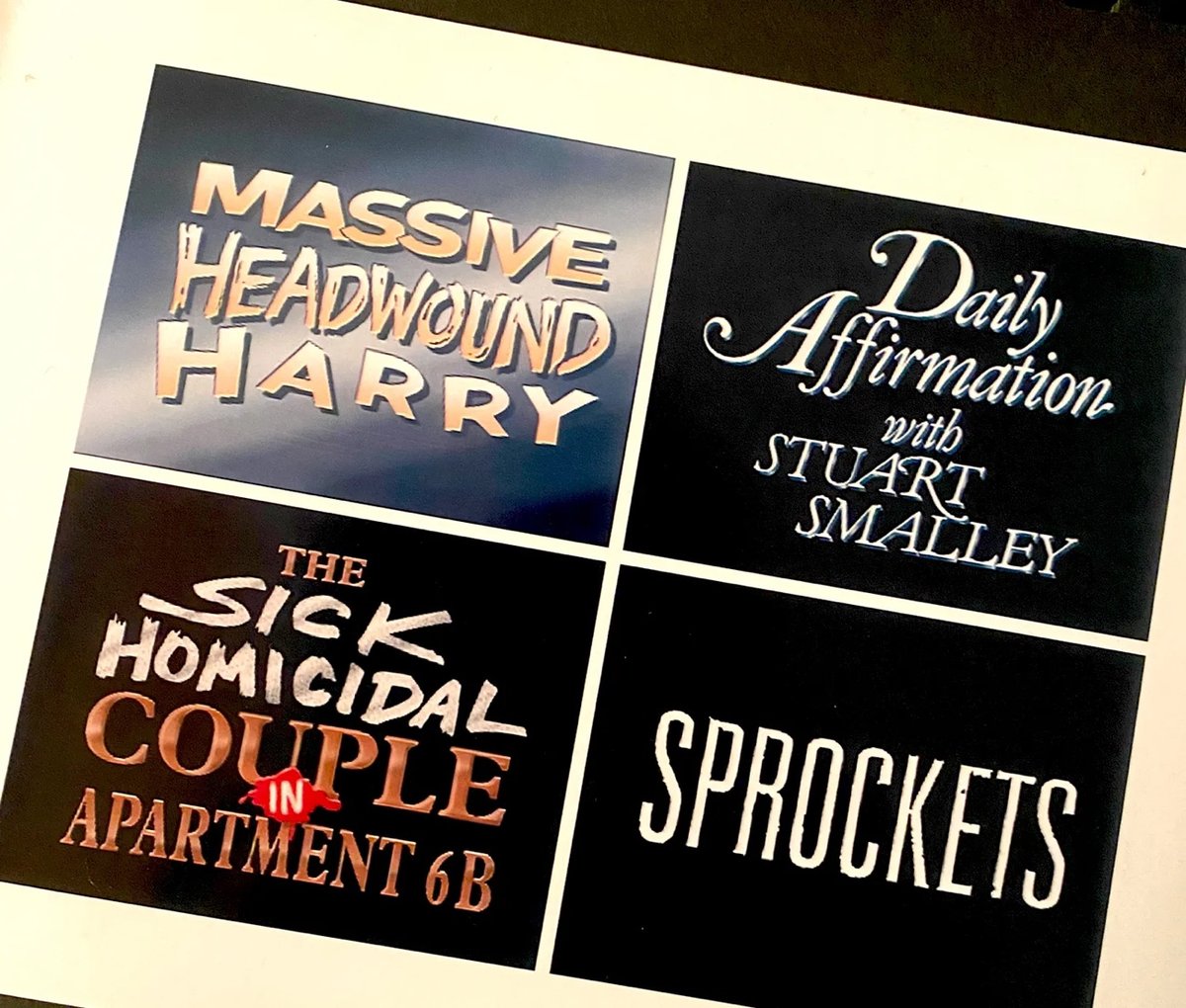
Marlene Weisman was a graphic designer for Saturday Night Live from 1988–1994, which is the sweet spot of when I was really into the show. So this interview with Weisman by Steven Heller is right up my alley.
I did have a close working relationship with Mike Myers, who basically wrote his own sketches and would come down to our art department to talk to me about the graphics. He wanted to approve everything himself. He was very specific in what he wanted, and I truly enjoyed working with him.
I clicked with him on where he was coming from creatively. I loved establishing the Euro-style SPROCKETS graphics for him, and creating all his Simon drawings for that series of his sketches, which was really fun. As someone with a similar passion for UK ’60s pop culture, I also loved drawing and creating the title sequence for his “1960s Movie” sketch, which I have a hunch was the seed of the idea for his Austin Powers movies!
You can check out more of Weisman’s SNL work on her website and see some of the graphics she helped create in classic sketches like Colon Blow, Toonces the Driving Cat, Happy Fun Ball, Wayne’s World, and Sprockets.
See also Creating Saturday Night Live’s Cue Cards. (via chris glass)
Foursquare is shutting down their city guide app and website. Sad but I hope this is true: “Foursquare is focused on building even better experiences for you in Swarm.” (I love Swarm and use it every day still.)
Strolls with stops use more energy than continuous walking, scientists show. “Researchers show more energy needed to get going than later in walks when body is working more efficiently.” 20-60% more oxygen use in bursty tests of stair-climbing.
Polostan: Volume One of Bomb Light: A Riveting Historical Epic of International Espionage, Intrigue, and the Dawn of the Atomic Age. I haven’t read every Neal Stephenson book, but I’ve loved those I have (incl. Seveneves).
Artfully Arranged Junkyard Objects




In a continuation and tweak of his Coletivos project (which I posted about previously), Cássio Vasconcellos took aerial photos of scrapyards and arranged the junked cars, planes, trains, and other objects into dense photographic collages.
OVER presents a scenario that seems to point to a dystopian future, but which, in fact, brings together fragments of the present. The exaggerated agglomeration denounces the misleading idea of “disposal”, given that objects do not cease to exist in the world when we throw them away. Rather, they inhabit other places.
This video shows the artist’s process, from hanging out the side of a helicopter to arranging all the items in Photoshop.
Is It Perimenopause or the Fascist Death Knell of Late-Stage Capitalism? “Is my hair thinning, or am I ripping it out because a thirty-four-time convicted, sexually abusive steak salesman with a Hannibal Lecter fetish is five points ahead in Arizona?”
Loving that the FTC has adopted a click-to-cancel rule. “Under the rule, businesses can’t force customers to cancel a subscription using a method different from how they signed up.” So if you sign up online, they can’t force you to call to cancel. 🙌
Redbox went bankrupt and abandoned their DVD lending machines. Tinkerers have hacked the OS, procured machines from the likes of Walgreens, and hauled them home to repurpose or to get at the sweet, sweet fruit within (aka the DVDs).
The Biden administration has cancelled $175 billion in student debt for almost 5 million people since Jan 2021. Could have done much more than that if not for Republicans suing to keep people in debt.
This mashup of Y.M.C.A. by the Village People and a track from Hans Zimmer’s Inception soundtrack should not work as well as it does. “Young man, young man” (plaintive).
A Weird Form of Dark Energy Might Solve a Cosmic Conundrum. “Estimates of how fast the universe is expanding disagree. Could a new form of dark energy resolve the problem?” (Written by two experts on dark energy.)
How Cranberries Are Harvested
This video seems like it was made specifically for kottke.org. In the first half of it, you learn how cranberries are harvested. In the second half, there’s gorgeous HD slo-mo footage of wakeskating through a cranberry bog.
And with a Tycho soundtrack no less…it’s all too perfect. (via ★interesting)
Supreme Court Rules 6-3 To Open Evil Tomb Of Batibat. “Contemporaneous accounts provide no evidence the Founding Fathers envisioned a role for the federal government in vanquishing this unholy entity from the face of the earth.”
Ok, this is a genuinely shocking thing to hear: “There is a new species of shark or shark relative (skate, ray, or chimera) discovered approximately every two weeks.” —shark expert David Shiffman
The Binary Game tests you on quickly converting numbers from binary to decimal and from decimal to binary, from 0 (00000000) to 255 (11111111). “Before long you’ll be doing these conversions in your head.” My son turned me onto this — it’s fun!
“New research documents accelerating plant growth on the Antarctic Peninsula and nearby islands.” 8000 sq ft of vegetation 40 years ago has grown into 4.6 sq miles.
Ravioli and Other Ravioli-Shaped Objects
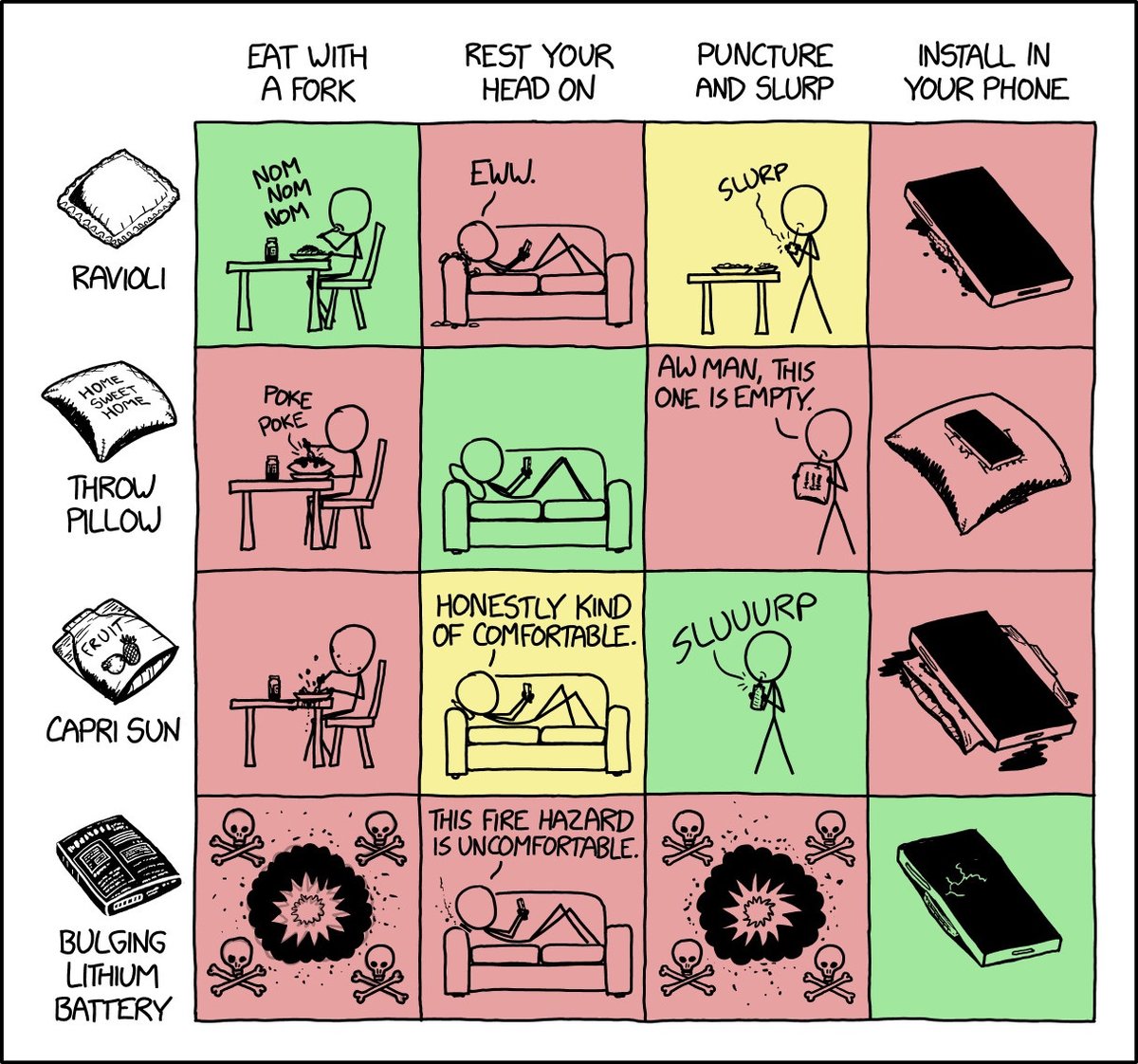
From XKCD: Ravioli-Shaped Objects. See also The Cube Rule of Food, the Grand Unified Theory of Food Identification.
Ooh, a Color Kindle Is Finally Here

I think this counts as a FINALLY! Amazon is coming out with a full-color e-reader called the Kindle Colorsoft. You can pre-order it now for $280 and it ships on October 30. This will be great for comics, graphic novels, and books with art & photography. I am a committed ebook reader and it’s always been disappointing to view photos on the Kindle…they look like they were faxed from the Voyager space probe or something.
As it happens, I’m in the market for a new e-reader — I lost my Kindle Paperwhite a few weeks ago and haven’t replaced it (partially because I’m in the midst of an actual paper book right now but mostly because I am stubbon and don’t want to believe I have become the sort of person who loses things — my driver’s license also went missing recently). Anyway, I’m trying to decide between the Colorsoft ($280), the Boox Palma (aka the Gentle Librarian, also $280), or getting the new & improved Paperwhite (faster, bigger screen, thinner, higher contrast, $160). Hmm…
A Bonkers Japanese Skateboarding Show
Kasso is a Japanese game show that’s like a skateboarding version of Ninja Warrior. A group of skaters is challenged to navigate a series of obstacle courses that require the street and park skating skills. Some of the obstacles are truly diabolical — to get the gist, check out these videos:
You can catch more of Kasso on their YouTube channel. (via @mathowie)
Reader favorites from 20 years of the NY Times’ popular Modern Love column. “Knowing that someone else had walked this same, very scary path gave me a sense of comfort, which I was then able to pass on to others.”
Abortion Bans Have Made Miscarriages More Dangerous
A comic by Aubrey Hirsch: Miscarriages are incredibly common. Abortion bans have made them less safe.

Jimmy Carter cast his mail-in ballot for Kamala Harris today, two months after stating he wanted to live long enough to do so. Carter was born when Calvin Coolidge was president and was first eligible to vote in the 1948 election (Truman vs Dewey).
Hearing Things is a new site featuring independent music journalism. It was founded by former Pitchfork staffers and will be member-supported.
LCD Soundsystem x Miles Davis
So first of all, this mashup of LCD Soundsystem’s New York, I Love You But You’re Bringing Me Down and a recording of Miles David from his Elevator to the Gallows score is just great to listen to musically. But the, let’s call it choreography, is brilliantly spare: a pair of YouTube videos pulled up side-by-side in a now-ancient Safari browser and pressing play to sync them by hand — jazz-like, improvisational.
If you’d like to try this yourself, here’s the LCD Soundsystem and Miles Davis videos; just press play on the David video at 32 seconds into the LCD video.
See also New Yorker film critic Richard Brody on Louis Malle’s “Elevator to the Gallows,” and Its Historic Miles Davis Soundtrack. (via James Risley in the Kottke comments)
Ugh, these undecided hobbits! “Both Galadriel and Sauron say the other is a threat to Middle-earth. One has to be wrong, so whom am I to trust?”
Abortion: Our Bodies, Their Lies, and the Truths We Use to Win is a NY Times bestseller from Jessica Valenti, who “provides the language, facts, and context readers need to feel confident when talking about the attacks on their bodies and freedom”.
Apollo 16 Lunar Rover Dash Cam
I had no idea there was footage shot on the Moon from the perspective of a lunar rover passenger…basically a lunar rover dash cam. It’s the second half of this short video. Amazing. The first part shows the rover speeding off (at about 6 miles/hr), being put through its paces. From the transcript of the “Grand Prix”:
124:58:52 Duke: The suspension system on that thing is fantastic!
124:58:54 England: That sounds good. We sound like we probably got enough of the Grand Prix. We’re willing to let you go on from here. Call that a (complete) Grand Prix.
124:59:03 Duke: Okay. (Pause) Man, that was all four wheels off the ground, there. Okay. Max stop.
124:59:12 Young: Okay. I don’t want to do that.
124:59:13 Duke: Okay. Excuse me.
124:59:16 Young: They say that’s a no-no.
124:59:22 Duke: Okay, DAC off; Mark. Okay, John. DAC’s off.
124:59:27 Young: Okay. I have a lot of confidence in the stability of this contraption.
124:59:30 Duke: Me, too.
124:59:32 England: Sounds great.
Also, we took a fucking car to the Moon! Three times!
This is Cabel Sasser’s XOXO talk. Best not to know anything going into it…just watch all the way to the end. “Don’t waste this. Keep everyone guessing. Make me proud.”
POSSE (Post (on) Own Site Syndicate Elsewhere) has been my strategy for years now. “A simple technique offers the best of both worlds: total control over your own work, while still maintaining a presence on third-party platforms.”
Bookshops are cool again! Booksellers have “noticed a sharp rise in young readers coming into their shops seeking out human guidance, eager to be in a physical store rather than filtering through AI and influencer-recommended titles online.”
Season Two of Silo
The trailer for season two of Silo, which starts on Apple TV+ on November 15. It doesn’t reveal much but I am excited to watch the new season! (No spoilers please from folks who have read the books.)
These solidly middlebrow shows like Silo, The Diplomat, and The Gilded Age are some of my favorites to watch these days because they are well-produced with quality actors but don’t tax the viewer (ok, me…they don’t tax me) as much as more serious fare like Shōgun, My Brilliant Friend, Severance, or Chernobyl (all of which I love to bits but sometimes feels like eating your vegetables, if you know what I mean). But a good media diet is a varied media diet and stuff like Silo is really hitting the spot for me right now.
From Robin Wall Kimmerer (author of Braiding Sweetgrass), a new book called The Serviceberry: Abundance and Reciprocity in the Natural World, in which “she considers the ethic of reciprocity that lies at the heart of the gift economy”.
There’s no guarantee that the Earth’s natural carbon sinks (ocean, plants, soil) will continue to work the way they have in the past. Last year for instance, “forest, plants and soil — as a net category — absorbed almost no carbon”.
Charles Schulz on Being a Good Citizen
In 1970 as part of a class project, 10-year-old Joel Linton wrote to Peanuts creator Charles Schulz to ask him, “What do you think makes a good citizen?” Schulz replied with this letter:

The letter reads:
Dear Joel:
I think it is more difficult these days to define what makes a good citizen then it has ever been before. Certainly all any of us can do is follow our own conscience and retain faith in our democracy. Sometimes it is the very people who cry out the loudest in favor of getting back to what they call “American Virtues” who lack this faith in our country. I believe that our greatest strength lies always in the protection of our smallest minorities.
Sincerely yours,
Charles M. Schulz
Schulz’s widow Jean Schulz wrote of the letter:
The letter turned up recently, and the answer must have startled Mr. Lipton by how appropriate the answer would be if written today.
I always saw Sparky as a great believer in the long flow of history — that the people of the world had seen improvements over the centuries, and that, as he says in his letter, “our greatest strength lies always in the protection of our smallest minorities.”
The way mainstream media covers Trump and the GOP is fatally flawed to the point of being inaccurate. “They stumble over and over to convey what is actually happening. Why can’t legacy media say clearly what he’s doing on a consistent basis?”
Ward Christensen, BBS inventor and architect of our online age, dies at age 78. “Friends and associates remember Christensen as humble and unassuming, a quiet innovator who never sought the spotlight for his groundbreaking work.”
Ed Yong on Breaking Down and Putting Yourself Back Together
My favorite presentation at XOXO this year was Ed Yong’s talk about the pandemic, journalism, his work over the past four years, and the personal toll that all those things took on him. I just watched the entire thing again, riveted the whole time.
Hearing how thoughtfully & compassionately he approached his work during the pandemic was really inspirational: “My pillars are empathy, curiosity, and kindness — and much else flows from that.” And his defense of journalism, especially journalism as “a caretaking profession”:
For people who feel lost and alone, we get to say through our work: you are not. For people who feel like society has abandoned them and their lives do not matter, we get to say: actually, they fucking do. We are one of the only professions that can do that through our work and that can do that at scale — a scale commensurate with many of the crises that we face.
Then, it was hard to hear about how his work “completely broke” him. To say that Yong’s experience mirrored my own is, according to the mild PTSD I’m experiencing as I consider everything he related in that video, an understatement. We covered the pandemic in different ways, but like Yong, I was completely consumed by it. I read hundreds(/thousands?) of stories, papers, and posts a week for more than a year, wrote hundreds of posts, and posted hundreds of links, trying to make sense of what was happening so that, hopefully, I could help others do the same. The sense of purpose and duty I felt to my readers — and to reality — was intense, to the point of overwhelm.
Like Yong, I eventually had to step back, taking a seven-month sabbatical in 2022. I didn’t talk about the pandemic at all in that post, but in retrospect, it was the catalyst for my break. Unlike Yong, I am back at it: hopefully more aware of my limits, running like it’s an ultramarathon rather than a sprint, trying to keep my empathy for others in the right frame so I can share their stories effectively without losing myself.1
I didn’t get a chance to meet Yong in person at XOXO, so: Ed, thank you so much for all of your marvelous work and amazing talk and for setting an example of how to do compassionate, important work without compromising your values. (And I love seeing your bird photos pop up on Bluesky.)
- I hope that makes sense? Sometimes you can feel the pain of others so intensely that it renders you useless to help them or to keep yourself afloat. So you’re still empathetic and open to the experiences of others, but in a much more functional and constructive way.↩
An early analysis of data by scientists at the World Weather Attribution project shows that “climate change boosted [Hurricane] Milton’s landfall strength from Category 2 to 3”.
Nation’s Indigenous People Confirm They Don’t Need Special Holiday, Just Large Swaths Of Land Returned Immediately. “We’re seriously open to letting [Columbus Day] slide if we get back, say, the continent that you stole from us.”
The Last Years of Alexei Navalny, In His Own Words
The New Yorker has some excerpts of Alexei Navalny’s diary from the last 2 years of his life, taken from his forthcoming memoir, Patriot.
2022, January 17th.
Exactly one year ago today I came home, to Russia.
I didn’t manage to take a single step on the soil of my country as a free man: I was arrested even before border control.
The hero of one of my favorite books, “Resurrection,” by Leo Tolstoy, says, “Yes, the only suitable place for an honest man in Russia at the present time is prison.”
It sounds fine, but it was wrong then, and it’s even more wrong now.
There are a lot of honest people in Russia-tens of millions. There are far more than is commonly believed.
The authorities, however, who were repugnant then and are even more so now, are afraid not of honest people but of those who are not afraid of them. Or let me be more precise: those who may be afraid but overcome their fear.
There are a lot of them, too. We meet them all the time, in all sorts of places, from rallies to the media, people who remain independent. Indeed, even here, on Instagram. I recently read that the Ministry of the Interior was firing staff who had “liked” my posts. So in Russia, in 2022, even a “like” can take courage.
In every period, the essence of politics has been that a tin-pot tsar who wants to arrogate to himself the right to personal, unaccountable power needs to intimidate the honest people who are not afraid of him. And they, in turn, need to convince everyone around them that they should not be afraid, that there are, by an order of magnitude, more honest people than the mean little tsar’s security guards. Why live your whole life in fear, even being robbed in the process, if everything can be arranged differently and more justly?
The pendulum swings endlessly. Or the tug-of-war. Today you are brave. Tomorrow they seem to have scared you a bit. And the day after tomorrow they have scared you so much that you despair and become brave again.
Two years later, Navalny was dead, murdered by Russia’s leader, dictator Vladimir Putin. I do not think it is hyperbole to read Navalny’s words as a warning, a harbinger of what happens to a country and its people when they come under undemocratic leadership.
A short thread of videos that sync perfectly to other audio tracks, e.g. This Is America video clip set to Call Me Maybe or the Peanuts dance party set to Joy Division.
A Syllabus for Generalists. Featuring resources for learning about geometry, chemistry, world history, home maintenance, origami, tying knots, and playing chess.
Floor Maps of Iconic NYC Fast Food Joints
When he was asked to design a new outpost of iconic NYC hot dog joint Papaya King in the East Village, Andrew Bernheimer went around to several other establishments in the city built to serve food quickly — Chipotle, Russ & Daughters, Katz’s, Shake Shack, Gray’s Papaya — and looked at their floor plans and flow of customers through their spaces. Mark Lamster talked to Bernheimer about the survey.

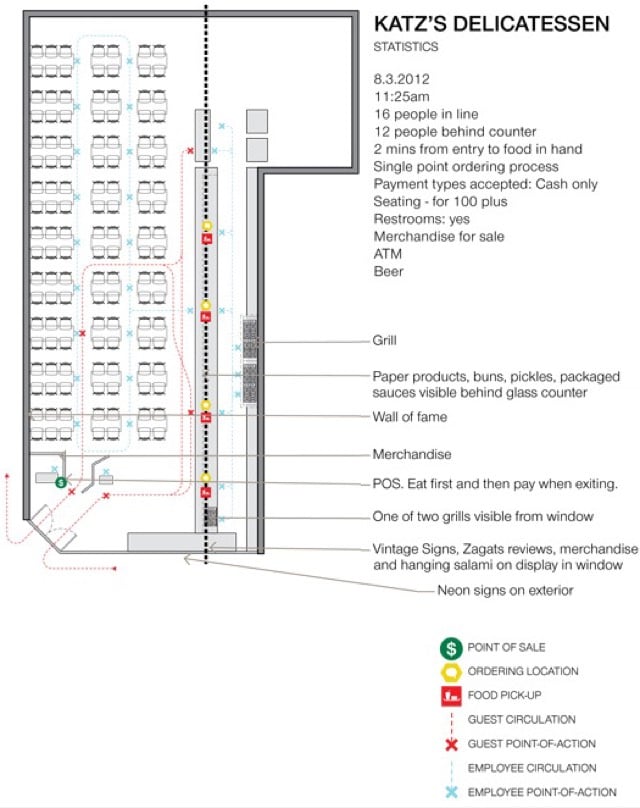
ML: I think at fast food joints we’re conscious that we’re in a very controlled environment, but perhaps don’t realize (because we are in a rush), just how manipulative that space can be. How did you see this playing out in the places you looked at?
AB: It ranged. Artisanal places (like Russ & Daughters) don’t feel manipulative in an insidious way at all (other than showing off some great food and triggering all sorts of synaptic response), while others do (Five Guys and their peanuts, a pretty nasty and obvious trigger to go order soda or spend money on WATER). We didn’t just look at fast food joints, but also icons of New York (R&D, Katz’s) that do try to serve people quickly but I don’t think qualify as “fast food joints.” In these cases the manipulation is either entirely subliminal and beyond recognition, or it has been rendered unnecessary because a place has become iconic, the domain of the “regular.”
Speaking as a customer, places like Katz’s and Russ & Daughters always felt like a total mess to me. Katz’s in particular is the worst: the whole thing with the tickets, paying on the way out, the complete lack of a single line, separate ordering locations for different types of food, etc.
That Gray’s Papaya that used to be on the corner of 8th St and 6th Ave, however, was fantastic. It had the huge benefit of being situated on the corner, but when you walked in, there was the food being cooked right in front of you. It was obvious where the line was and what direction it was moving. And after getting your food, you could exit immediately out the “back” door or circle back against the line to find a counter spot to quickly eat your meal.
The Most Sought-After Travel Guide Is a Google Doc. “Nothing is more embarrassing than waiting for a viral pastry because some influencer said it was yummy after not paying a dime.” Personally shared Google Docs or Maps are often more trustworthy.
Newly remastered and available on YouTube, Interview Project (presented by David Lynch) is a series of 121 interviews of people from all around the United States.
Photos of Spanish Human Tower Competitions. “More than 40 teams of ‘castellers’ recently gathered for the city’s 29th biannual human-tower competition — working together to build the highest and most complex human towers (castells) possible.”
The Distorted Paper Collages of Lola Dupré
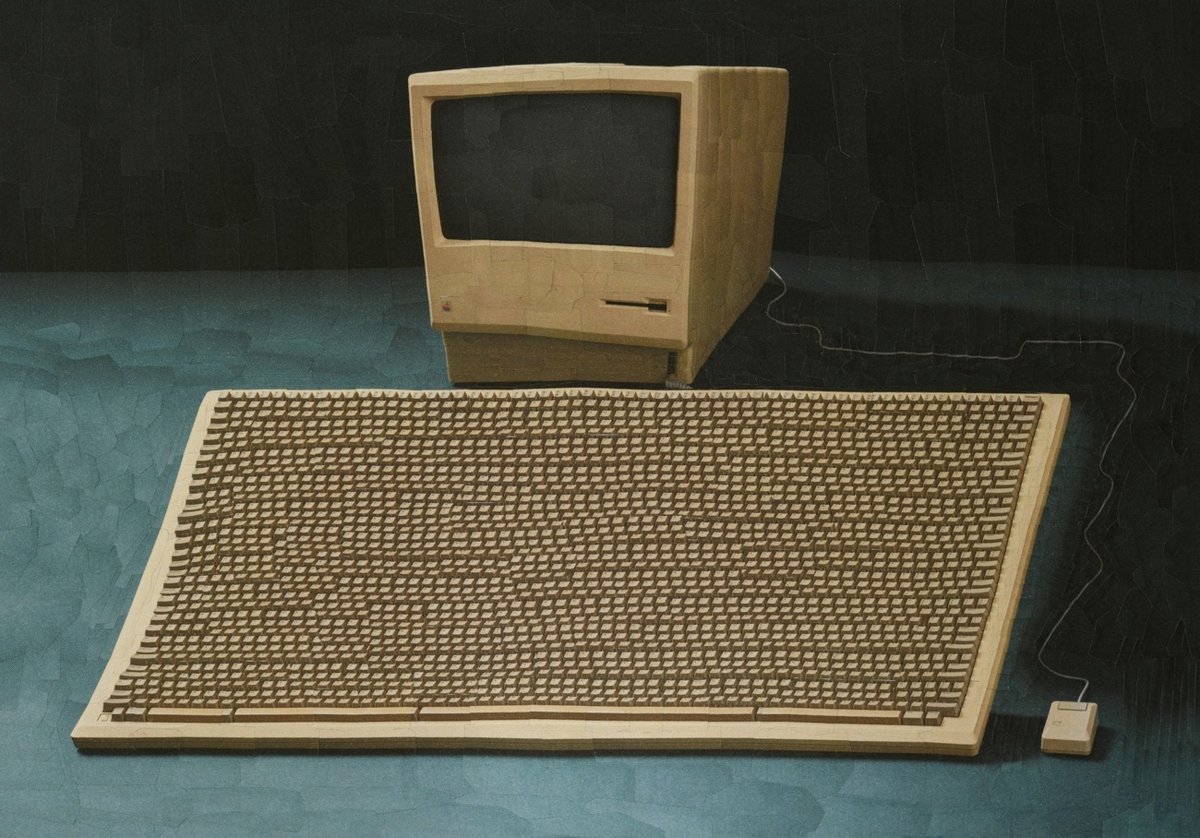



Collage artist Lola Dupré makes these wonderfully weird images of exaggerated objects, animals, and people. You find more of Dupré’s work on her website and on Instagram. (via colossal)
Twin Peaks Actually Explained (in a four-hour video). “Lynch’s obsession with electricity and fire is essential to the theory” presented in the video.
Initial experiments in using Dungeons & Dragons as a group therapy tool are encouraging. “It seems particularly useful in combating the effects of social isolation and improving both interpersonal skills and intrapersonal skills (problem-solving).”
The trailer for season 2 of The Diplomat. Keri Russell? Witty banter? What’s not to like? I enjoyed season 1 and will probably give this a shot. Premieres Oct 31 on Netflix.
Radiohead’s Everything in Its Right Place, 800% Slower
Songs played back at much slower speeds were a thing several years ago — the effect can turn even the harshest rock song or bounciest pop tune into something that sounds like Enya or an ethereal Gregorian chant. I listen to these while I work sometimes and I’ve got a new one for the rotation: Radiohead’s Everything in Its Right Place, but played 800% slower.
See also the Seinfeld Theme Slowed Down, Justin Bieber slowed down 800%, a whole playlist of 800% slower songs, and, perhaps best of all, 80s Pop Hits sung by Alvin & the Chipmunks played at 16 RPM on a record player (“secretly the most important postpunk/goth album ever recorded”).
Oh, and some artists are releasing their own slowed-down versions of songs. LXNGVX’s Yum Yum comes in regular, slowed (my fave), super slowed, and sped up. Thom Yorke released a slower version of Creep in 2021. And Underworld released Slow Slippy, a slowed-down remix of Born Slippy, in 2017. (via @jameskelleher.pilcrow.ie)
Whoa, new Nintendo hardware! And it’s…an interactive alarm clock? You can wake up to the sounds of Zelda or Mario Kart, shush the clock by waving your hand, and if you snooze too long, the alarm will become more intense and Bowser appears.
“Covid-19 may increase the risk of heart attacks, strokes and deaths for three years after an infection, study suggests.” What’s more, the risk does not appear to diminish over time.
“One woman and two men with severe autoimmune conditions have gone into remission after being treated with bioengineered and CRISPR-modified immune cells.” This is a first for people w/ autoimmune diseases using donor cells.
The Best Panoramic Photos of 2024
The results of the 15th annual Epson International Pano Awards have been announced — you can check out all the winners & runners-up on the competition website. Here are a few of my favorites:




From top to bottom, the photos are by Tuan Nguyen Tan, Kelvin Yuen, Elliot McGucken, and Ignacio Palacios. (via in focus)
The myth of the climate haven. “Because of its speed and scale, however, human-caused climate change is especially extreme, and everywhere will be impacted by some degree of risk. There is no completely safe haven.”
Who died and left the US $7 billion? “It was the biggest estate-tax payment in modern history, but no one knew who made it. Then an anonymous phone call pointed to one man.” We don’t even know who our billionaires are.
Photo Remakes of Famous Art
I love everything about this…I scrolled through the entire list. This one was my favorite:


(via waxy)
This simple tool finds your Letterboxd besties, people who have listed the same favorite films as you on Letterboxd.
Forums Are Still Alive, Active, And A Treasure Trove Of Information. A huge list of still-active internet forums on topics like audio, drugs, plants, home repair, crafting, sports, cars, and all sorts of other things.
Imprints of Nature



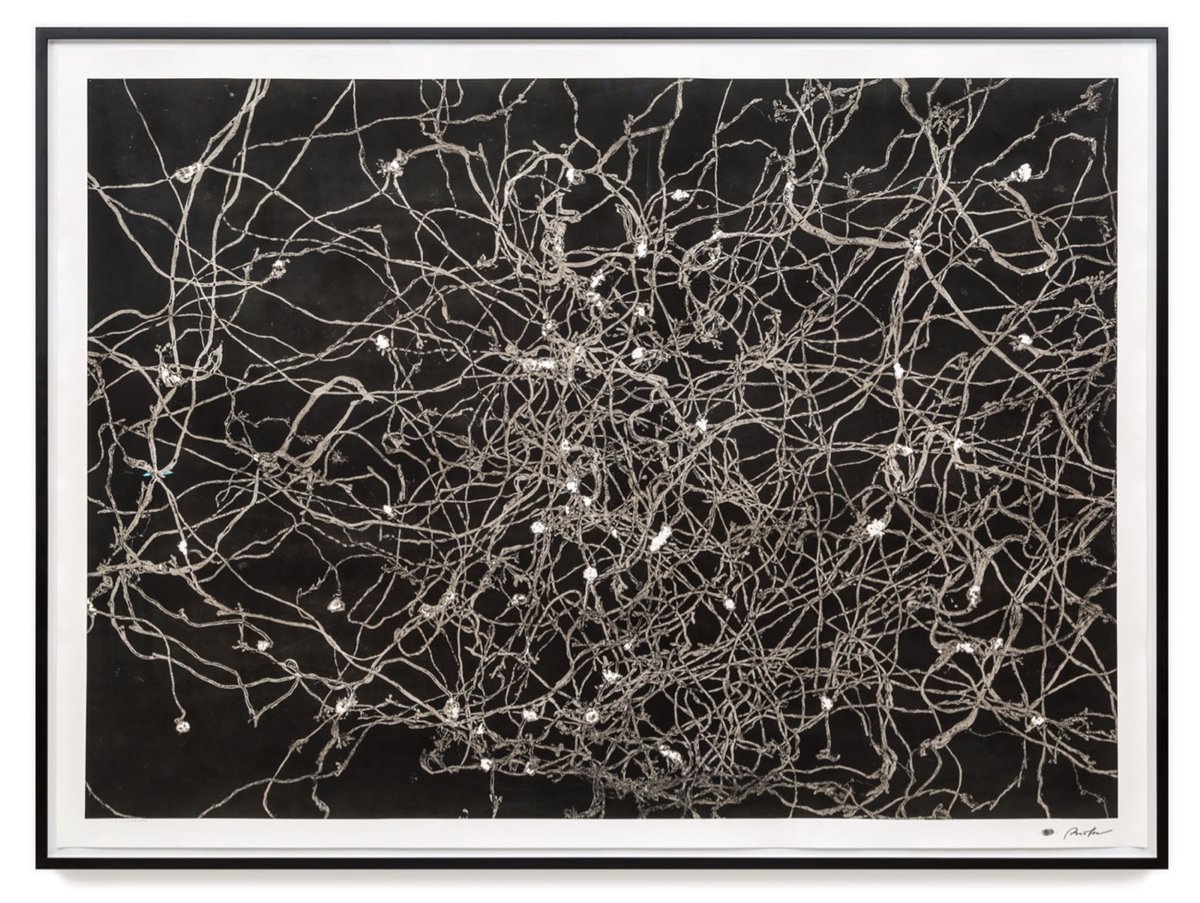
Maximilian Prüfer makes art in collaboration with nature and animals like ants & snails. Using paper with a very sensitive coating on it, he’s able to record the slightest moments of activity, like a raindrop or an ant’s footstep. Here’s a video of some ants leaving their marks:
And some rain drops:
You can find more of Prüfer’s work on his website and on Instagram.
In their own words, what volunteer health care workers saw in Gaza. “Nearly every day I was there, I saw a new young child who had been shot in the head or the chest, virtually all of whom went on to die.”
Waffle House “has developed an advanced storm center FEMA consults with”. Their Waffle House Storm Index rates Hurricane Milton as a “Code Red”, meaning that they are closing stores in its path.
On Monday, Dave Winer’s Scripting News turned 30 years old. Dave is still one of the purest of the pure bloggers.
Stupid dipshits are starting to fill Wikipedia with “unsourced, poorly-written AI-generated content” (that is also totally false in some cases), prompting a purging effort by some WP editors: WikiProject AI Cleanup.
Green Day “demastered” their 1994 album Dookie into 15 “obscure, obsolete, and inconvenient” formats, like wax cylinder, Fisher Price record, Teddy Ruxpin, and player piano roll. This is amazing.
Erin Kissane on Trying to Save the Internet for the Humans
I attended the XOXO Festival back in August, and video of some of the talks are starting to trickle online. I’m going to highlight a couple of my favorites here on the site; the first one I’d like to share is Erin Kissane’s talk about fixing the social internet.
From her notes:
The talk was about why I left the internet, how the Covid Tracking Project got me back online, and most of all how the work we did at CTP led to me to believe that we — the weirdos of internet-making and online life — have to not merely retreat from the big-world social internet, but fix it.
Kissane talked about the work she’s been doing recently: the COVID Tracking Project, the Fediverse Governance project, and the Meta in Myanmar series. It’s a great talk…I recommend setting aside some time to watch it.
Comet Tsuchinshan-ATLAS should be visible with the naked eye in the night sky tonight (Oct 9). “Astronomers are expecting the comet to be especially vivid, possibly rivaling the brightness of Jupiter in the night sky.”
“Milton Is the Hurricane That Scientists Were Dreading”

Zoë Schlanger writes about the potentially dangerous and incredibly powerful hurricane now bearing down on Florida’s Gulf Coast and how it’s been supercharged in several ways by climate change.
As Hurricane Milton exploded from a Category 1 storm into a Category 5 storm over the course of 12 hours yesterday, climate scientists and meteorologists were stunned. NBC6’s John Morales, a veteran TV meteorologist in South Florida, choked up on air while describing how quickly and dramatically the storm had intensified. To most people, a drop in pressure of 50 millibars means nothing; a weatherman understands, as Morales said mid-broadcast, that “this is just horrific.” Florida is still cleaning up from Helene; this storm is spinning much faster, and it’s more compact and organized.
In a way, Milton is exactly the type of storm that scientists have been warning could happen; Michael Wehner, a climate scientist at Lawrence Berkeley National Laboratory, in California, called it shocking but not surprising. “One of the things we know is that, in a warmer world, the most intense storms are more intense,” he told me. Milton might have been a significant hurricane regardless, but every aspect of the storm that could have been dialed up has been.
My thoughts are with everyone in Milton’s path and also with those still recovering & cleaning up from Helene. Please stay safe, everyone.
The passwords generated by Apple Passwords consist of two-syllable gibberish words designed to be easier to input in non-optimal situations. “The syllables help them to be memorable briefly, but still not memorizable.”
Mainstream journalists are clamoring for Harris to do more interviews, but these interviews haven’t been substantive. “Not only are these interviews not terribly valuable for the candidate; they’re not terribly valuable as journalism.”
The Move
I really liked this entertaining short film by Eric Kissack (editor & producer for The Good Place), in which a couple moving into a new apartment together discovers a previously unnoticed feature of their new space, which in turn…well, I don’t want to spoil anything. Just watch it.
A look at Mozilla’s rebrand. “Mozilla’s new logo is a flag symbol built from the Mozilla M that comes to life to reveal the company’s iconic Tyrannosaurus Rex symbol and mascot, originally designed by Shepard Fairey.”
Finalists for the 2024 Comedy Wildlife Photography Awards

The finalists of the 2024 Comedy Wildlife Photography Awards competition have been announced, so if you need a laugh, here you go.



There are so many “tag yourself” moments in these photos. You can check out all of the finalists here and vote for the People’s Choice Award until Oct 31.
From Kenji López-Alt, a list of potential red flags that he looks for when deciding to patronize restaurants. “I try to avoid spending my money at establishments where that money may end up in the hands of people who are abusive or exploitative.”
Ain’t Nothing Like the Real Thing, an investigation of fake objects. “Value is found through fakeness, not in spite of it, giving the fake object the potential to be even better than the real thing.”
Infinite Cosmos: Visions From the JW Space Telescope
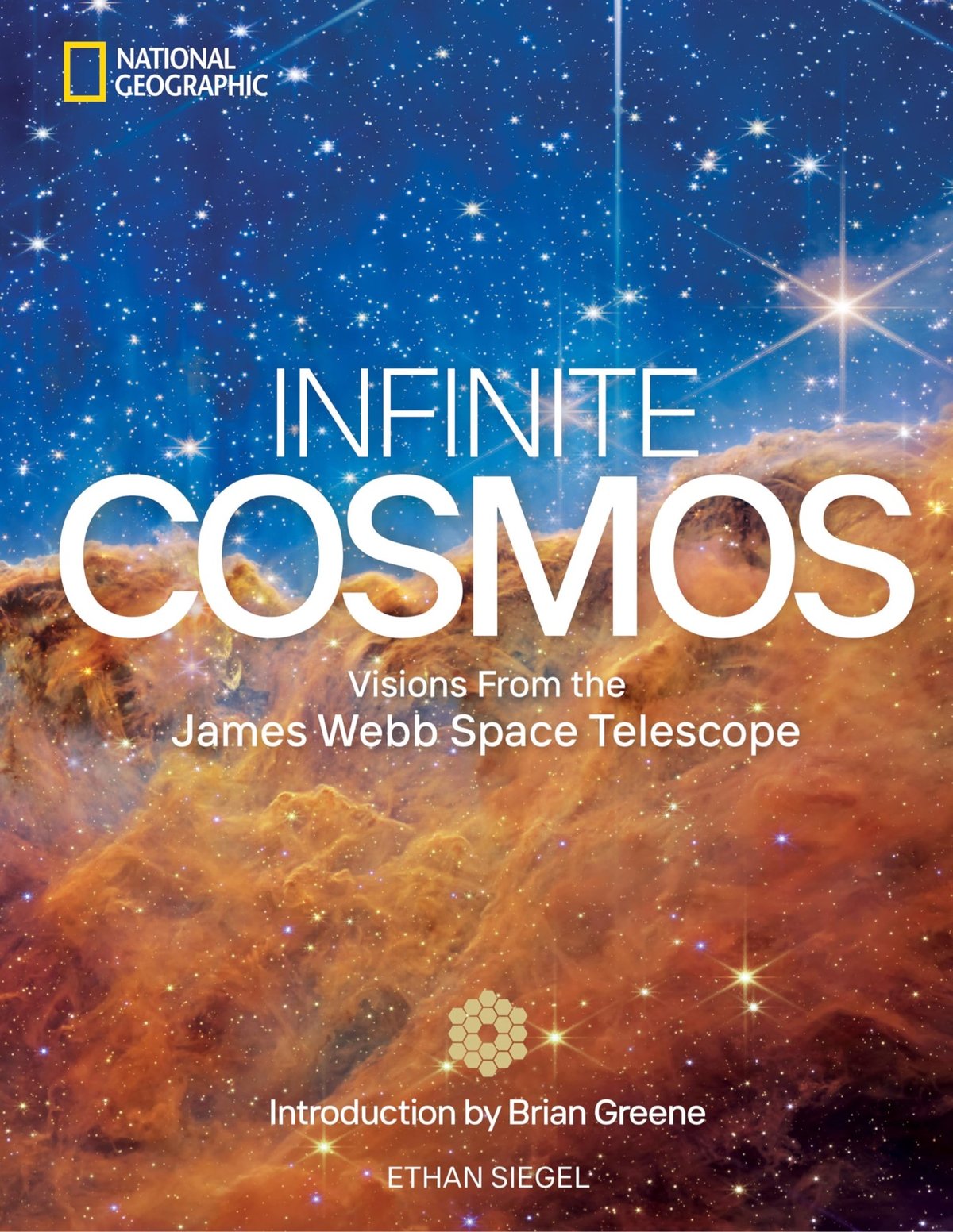
Out today from National Geographic is Infinite Cosmos, a gorgeous-looking book by Ethan Siegel (intro by Brian Greene). It’s about the history of the JWST, humanity’s biggest ever space telescope, a machine that allows us to peer deeper & clearer into the universe than ever before, and some of the amazing results obtained through its use.

Siegel wrote a piece about the book for Big Think, which includes an excerpt. Gravitational lensing is so cool:
Even with its unprecedented capabilities, JWST’s views of the universe are still finite and limited. The faintest, most distant objects in the cosmos — including the very first stars of all — remain invisible even in the longest-exposure JWST images acquired to date. The universe itself offers a natural enhancement, however, that can reveal features that would otherwise remain unobservable: gravitational lensing.
Whenever a large amount of mass gathers together in one location, it bends and distorts the fabric of the surrounding space-time, just as the theory of general relativity dictates. As light from background objects even farther away passes close to or through that region of the universe, it not only gets distorted but also gets magnified and potentially bent, either into multiple images or into a complete or partial ring. The foreground mass behaves as a gravitational lens. The amount of mass and how it’s distributed affect the light passing through it, amplifying the light coming from those background sources.
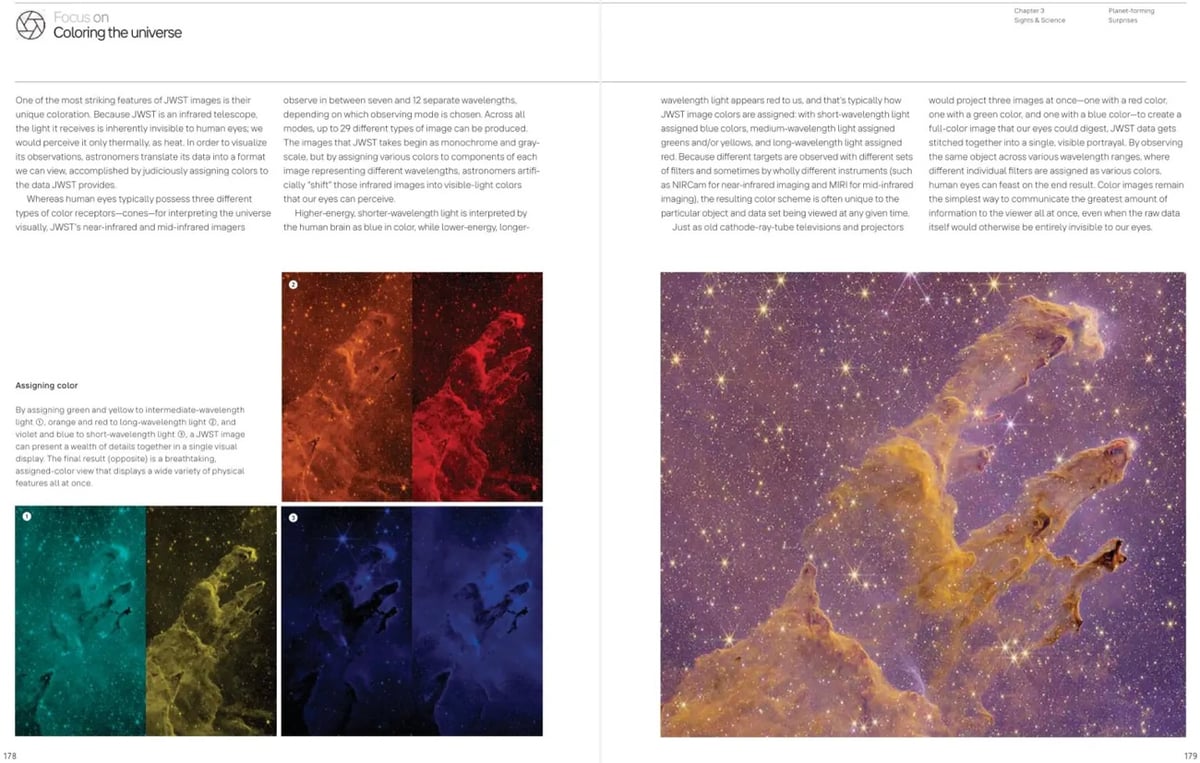

Infinite Cosmos is available for purchase at Amazon and Bookshop.
Report: NBC is shelving Separated (Errol Morris’ documentary on Trump’s inhumane child separation policies) until after the election because they don’t want to offend Trump — they hope he’ll agree to another debate. (Maybe they bought it to shelve it?)
Nobel Physics Prize Awarded for Pioneering A.I. Research by 2 Scientists (John Hopfield and Geoffrey Hinton). I’m a little confused why this qualifies for the physics prize? Applied physics I guess?
An exhibition of dozens of iconic photographic prints from the 20th century, along with the annotations on the reverse sides including “crop lines, grease pencil markings, date stamps of when the photograph was run, captions used by the newspaper…”
Chef’s Table: Noodles
The food documentary series Chef’s Table returns with chefs & culinary experts from Italy, China, Cambodia, and the US who all work in the medium of the noodle. Here’s the trailer for Chef’s Table: Noodles:
The four main chefs profiled are Peppe Guida, Guirong Wei, Nite Yun, and Evan Funke. Now streaming on Netflix.
Tressie McMillan Cottom reflects on her profile of Sean Combs for Vanity Fair three years ago. “I’ve talked to some strange characters in my time, but this was in the top tier of strangeness.” Great kicker too.
An A.I. Model Helped Uncover 303 Previously Unseen Nazca Lines in Peru. “The A.I. model has been adept at detecting the smaller, relief-type renderings that mainly portray wild animals and are more difficult to find.”
Every Frame a Painting: What Would Billy Wilder Do?
Billy Wilder (Sunset Boulevard, The Apartment, Some Like It Hot) was both a great director and a great writer. In this video essay, Taylor Ramos & Tony Zhou examine how Wilder balanced the verbal, dramatic, and situational ironies of his scripts with making it all work on the screen, emotionally and structurally.
Spain & Barcelona legend Andres Iniesta is retiring from football at the age of 40. I always loved watching him play…one of the all-time greats.
Private Snafu: The World War II Propaganda Cartoons Created by Dr. Seuss, Frank Capra & Mel Blanc. “[Private Snafu] was an adorable dolt who sounded like Bugs Bunny and looked a bit like Elmer Fudd.”
New Film by Errol Morris: Separated
Separated is the newest documentary film from Errol Morris. Based on Jacob Soboroff’s 2020 book Separated: Inside an American Tragedy, the film probes the inhumane family separation and immigration policies of the Trump administration. From a review in The Guardian:
The Trump administration’s southern border policy began with the dream of a wall in the desert and ended with the nightmare of family separation: children torn from their parents and loaded en masse into wire-mesh cages. It was inhumane treatment, which was precisely the point. The White House’s intention was to use terror as a deterrent and effectively write every parent’s worst fear into law. “When you have that policy, people don’t come,” Donald Trump said blithely. “I know it sounds harsh, but we have to save our country.”
Errol Morris’s forensic, procedural documentary walks us through the bureaucratic backrooms to show how the policy was hatched and implemented. It explains how its principal authors — Trump adviser Stephen Miller and attorney general Jeff Sessions — junked the pre-existing catch-and-release scheme (which had allowed migrants to remain in the country until their immigration hearing) in favour of a bold new tactic of forced separation and mass imprisonment. If Separated lacks the rueful exuberance that typifies much of Morris’s early work (The Thin Blue Line, The Fog of War, even last year’s John le Carré film), that is entirely understandable. The material is sobering and the mountain of evidence needs unpicking. The film-maker handles his brief with the cold, hard precision of an expert state prosecutor.
From a Variety review:
“Harm to children was part of the point,” says Jonathan White, a committed public servant who saw his department, the Office of Refugee Resettlement, hijacked by a blatantly inhumane strategy that the Trump administration implemented for its deterrent potential. “They believed it would terrify families into not coming.” White isn’t exactly a whistleblower, although he comes across as no less courageous in describing a dictated-from-the-top family separation scheme for which he had a front-row seat.
And here’s an interview with Morris & Soboroff about the film:
For his second term, Trump and his team are planning a blockbuster sequel to these inhumane crimes entirely in the open: deporting up to 20 million people (undocumented immigrants, documented immigrants, and political opponents) with a minimum of due process, which will require a massive increase in the scale of the police state and concentration camps. That’s 6% of the US population. We don’t know if they will succeed but they will try. Those are the stakes.
Lots of good links and reads in Jodi Ettenberg’s Curious About Everything newsletter this month.
The British Pathe Archive
Newsreel archivist British Pathé has uploaded their entire 85,000 film archive to YouTube. This is an amazing resource.
British Pathé was once a dominant feature of the British cinema experience, renowned for first-class reporting and an informative yet uniquely entertaining style. It is now considered to be the finest newsreel archive in existence. Spanning the years from 1896 to 1976, the collection includes footage — not only from Britain, but from around the globe — of major events, famous faces, fashion trends, travel, sport and culture. The archive is particularly strong in its coverage of the First and Second World Wars.
I’ve shared videos from British Pathé before: the Hindenberg disaster and this bizarre film of a little boy being taunted with chocolate. The archive is chock full of gems: a 19-year-old Arnold Schwarzenegger at a bodybuilding competition, footage of and interviews with survivors of the Titanic, video of the world’s tallest man (8’11”), and the collapse of the Tacoma Narrows Bridge. And this film from 1956 showing how cricket balls are made by hand:
“We only learnt of our son’s secret online life after he died at 20”. When Mats Steen died of a muscle-wasting disorder that limited his mobility, his parents were astonished to learn of his stature in the World of Warcraft community. Great read.
Relax With George Clooney at the End of a Movie
It has been a week. It’s not going to fix anything, but maybe watching George Clooney chilling at the end of a movie will help you in some small way.
He has perfected the art of just chillin’ out silently for an extended period of time during the last shot of a movie while the credits roll…
(via laura olin)
Matthew Ingram takes a look at the moral panic over social media and teen depression. “Despite all of the studies, there is still an almost complete lack of any evidence that social media use causes anxiety or depression in young adults.”
Sports Celebrate Physical Variation — Until It Challenges Social Norms. “A powerful triple axel on the ice is perfectly feminine when done in a skirt. But a powerful punch? A cheetah-fast sprint? Variation is suddenly of deep concern.”
You’ve heard about the Earth’s new mini-moon, yes? “It will be temporarily trapped by our planet’s gravity and orbit the globe - but only for about two months.”
Ran across this book in the bookstore recently and it looked great: The Art of Aardman. “This collection features original character sketches and never-before-seen concept art, offering a unique look inside the studio that created…Wallace & Gromit.”
Music By John Williams
Music By John Williams is a documentary film about the legendary composer who did the scores for Star Wars, Jaws, Indiana Jones, Jurassic Park, Close Encounters, Superman, E.T., Home Alone, Schindler’s List — seriously, one person composed all these?! — Saving Private Ryan, Harry Potter, Lincoln, etc. etc. etc. Oh, and the Olympic Fanfare and Theme that NBC uses for the Olympics.
Anyway, the documentary premieres on Nov 1 on Disney+.
Ta-Nehisi Coates & Jon Stewart: Understanding the Humiliation of Oppression
I got a lot out of this interview with The Message author Ta-Nehisi Coates by Jon Stewart for The Daily Show.
Best-selling author Ta-Nehisi Coates sits down with Jon Stewart to talk about his latest book, “The Message,” and reconciling past and present vestiges of oppression. They discuss his visits to Senegal, South Carolina, and The West Bank, how past atrocities like slavery and the holocaust can create a zero-sum game of control, the need for safety and statehood despite morally problematic systems, his exposure to Palestinian stories that have been hidden in American media, understanding the physical traumas of the Black community, and the purpose in writing to shape the world around us.
See also his interview with Chris Hayes on MSNBC:
And with Terry Gross on Fresh Air.
What Does Our Far Future Look Like?

Ross Anderson and I share a favorite web page, Wikipedia’s Timeline of the Far Future, which he wrote about for the Atlantic: For How Much Longer Can Life Continue on This Troubled Planet?
Like the best sci-fi world building, the Timeline of the Far Future can give you a key bump of the sublime. It reminds you that even the sturdiest-seeming features of our world are ephemeral, that in 1,100 years, Earth’s axis will point to a new North Star. In 250,000 years, an undersea volcano will pop up in the Pacific, adding an extra island to Hawaii. In the 1 million years that the Great Pyramid will take to erode, the sun will travel only about 1/200th of its orbit around the Milky Way, but in doing so, it will move into a new field of stars. Our current constellations will go all wobbly in the sky and then vanish.
Some aspects of the timeline are more certain than others. We know that most animals will look different 10 million years from now. We know that the continents will slowly drift together to form a new Pangaea. Africa will slam into Eurasia, sealing off the Mediterranean basin and raising a new Himalaya-like range across France, Italy, and Spain. In 400 million years, Saturn will have lost its rings. Earth will have replenished its fossil fuels. Our planet will also likely have sustained at least one mass-extinction-triggering impact, unless its inhabitants have learned to divert asteroids.
I wrote about the timeline back in 2012 (and again in 2017 & 2019).
The timeline of the far future article is far from the longest page on Wikipedia, but it might take you several hours to get through because it contains so many enticing detours. What’s Pangaea Ultima? Oooh, Roche limit! The Degenerate Era, Poincar’e recurrence time, the Big Rip scenario, the cosmic light horizon, the list goes on and on.
This AI-generated video is a) completely bonkers (seriously, watch all the way to the end) and b) illustrative of how visual LLMs work: it so obviously doesn’t know anything…it’s just mindlessly following image similarity.
If you play Spelling Bee, the Times has a Spelling Bee Buddy that offers statistics and personalized hints that update as you play. (There’s also a Connections Bot.)
10-Minute Art Challenge: Hiroshige’s ‘Sudden Rain’

The NY Times has been doing these challenges every Friday where you sit and look at one piece of art for 10 minutes. Last week featured a woodblock print by Utagawa Hiroshige called Great Bridge: Sudden Rain at Atake, a piece that Vincent van Gogh had in his personal collection and painted a version of himself.
I didn’t expect to last the entire 10 minutes — a slow start to the day (dentist, errands) had me feeling rushed and a computer with an infinite number of apps & websites just a tab or click away is not the ideal medium for this exercise — but once I got going (or, rather, once I slowed down), it was pretty easy. (via laura olin)
Profile of Aisha Nyandoro (founder of a guaranteed-income project) for the Time Next 100 list. “Money — the type that can be spent on anything — has been out of favor as a method of helping impoverished Americans.”
Some of the most prized public spaces in Europe were once used for parking lots (and some still are). “Why are we so comfortable filling our most iconic public spaces with a bunch of metal boxes?”
Two Sally Rooney Things I Didn’t Know About
I was surprised to learn, via Youngna Park’s excellent newsletter, that Sally Rooney wrote a short story in 2016 that features Marianne & Connell after the events of Normal People (which was published in 2018, technically making it a prequel?)
On the way to the dental clinic they talk about going home for Christmas. It’s November and Marianne is having a wisdom tooth removed. Connell is driving her to the clinic because he’s her only friend with a car, and also the only person in whom she confides about distasteful medical conditions like impacted teeth. He sometimes drives her to the doctor’s office when she needs antibiotics for urinary tract infections, which is often. They are twenty-three.
And that Rooney also published a novella called Mr Salary in 2019.
Opinion: We Need More Consequences for Reckless Driving. “‘Punishment’ and ‘consequences’ aren’t synonyms — and when we confuse the two, we lose lives on our roads.”
Shiny and Chrome




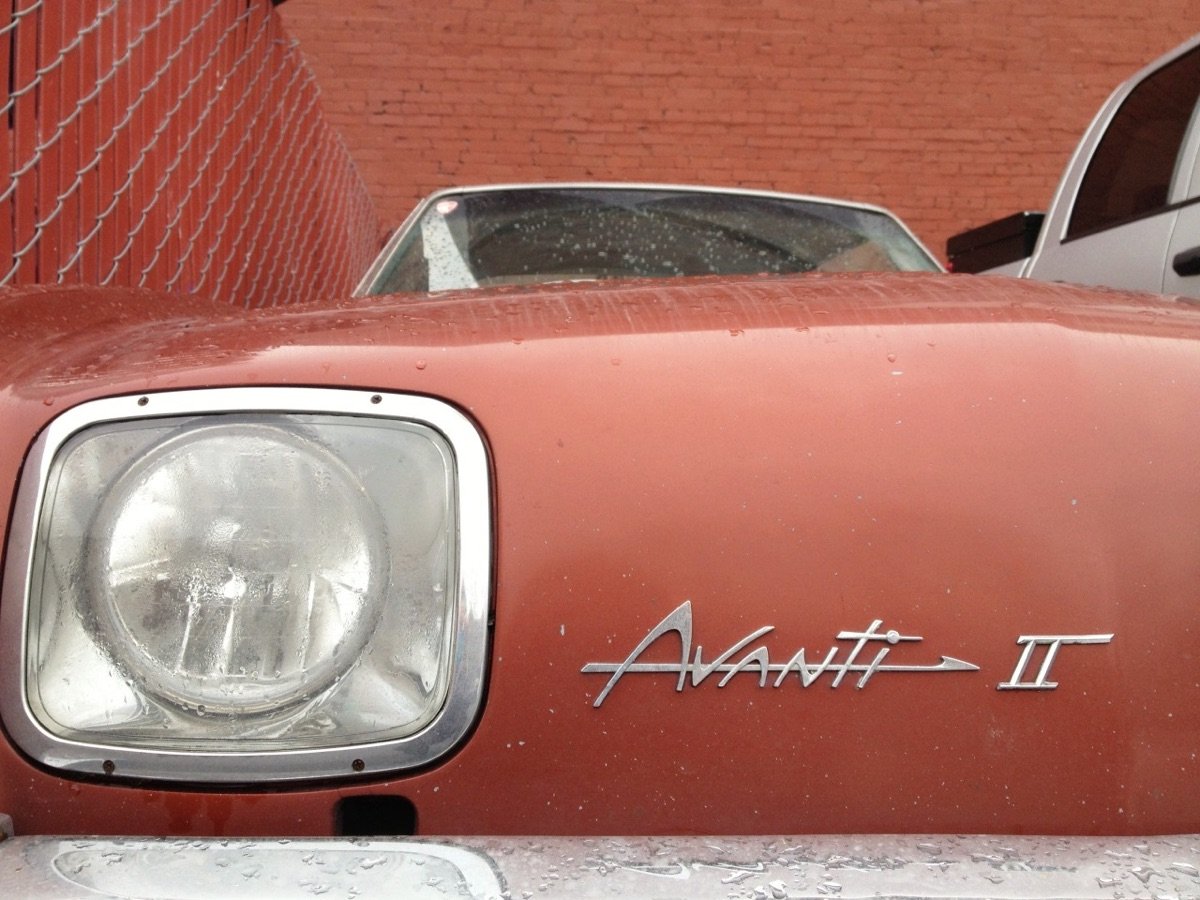
A site called Chromeography collects chrome logos and typography from vintage cars & electric appliances. As I was looking through these, I wondered: “What the hell is chrome anyway?” So I looked it up:
Chrome plating (less commonly chromium plating) is a technique of electroplating a thin layer of chromium onto a metal object. A chrome plated part is called chrome, or is said to have been chromed. The chromium layer can be decorative, provide corrosion resistance, facilitate cleaning, and increase surface hardness. Sometimes, a less expensive substitute for chrome, such as nickel may be used for aesthetic purposes.
(via @presentandcorrect)
When I tell folks (like during my XOXO talk) that I’m leaving a lot of money on the table by not paywalling my stuff on Substack, this is what I’m talking about: “You probably can’t make more than $1 million a year on Substack. But Matthew Yglesias does.”
Two college students paired Meta’s Ray Ban smart glasses with facial recognition tech and were able to pull up info on strangers (name, home address, phone number, and family members) in seconds just by looking at them.
What’s the Labor Share of National Income?
While listening to an episode of Scene on Radio’s excellent series on Capitalism, I learned about an economic measure called the labor share of national income. From The Guardian:
This week, the Bureau of Labor Statistics released its latest estimate for the share labor receives of national income for the first quarter of 2024. The statistics shows the income workers receive compared with the productivity their labor generates.
According to BLS, this income share has declined for non-farm workers from about two-thirds, 64.1% in the first quarter of 2001, to 55.8% in the first quarter of 2024.
Roughly speaking, in the first quarter of 2024, workers received ~56% of the income generated by their labor and 44% went to capital (ownership & shareholders).
Here’s a graph that shows the labor share of national income from 1947 to 2016 so you can get some idea of the decline that’s happened:
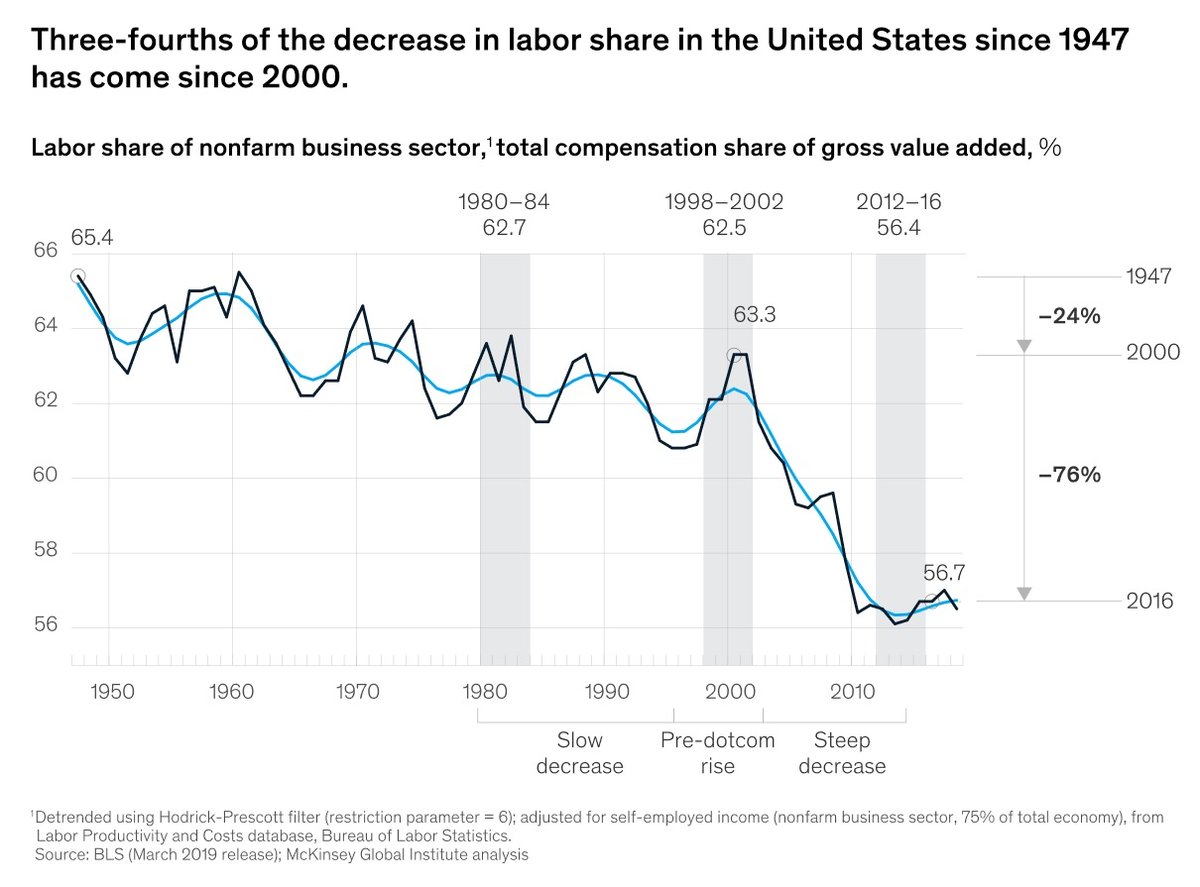
Scene on Radio hosts John Biewen and Ellen McGirt described labor share of national income like so:
Ellen McGirt: The labor share of national income. So, of all the income that businesses bring in, from sales of their goods and services, how much of that goes to workers. As opposed to, how much winds up as profits in the pockets of stockholders.
John Biewen: That number, according to the Federal Reserve, also went up significantly during the “thirty glorious years” in the United States. In the before times, in 1930, workers took home about 57% of the money that was generated by their labor. 57%. That labor share went up in the 1940s, to about 65% — almost two-thirds of corporate income was going to workers. It stayed over 60% for the next few decades, well into the 1970s.
Ellen McGirt: That doesn’t sound like a huge increase — from fifty-some percent to sixty-some percent. But the result, over those decades, was trillions of dollars in the pockets of people in the bottom 90-percent of the income scale — that’s money that would have gone to the wealthiest folks without those more progressive policies that reduced inequality. And then, guess what, starting in about 1975, the labor share of national income went down, and down. Until now, things are more like they were back in the days of Herbert Hoover.
This observation by McGirt is important but kind of hard to follow in text so I’ll restate it: when you’re talking about something as massive as the US economy, even a difference of a few percentage points in the labor share of national income over several years is trillions and trillions of dollars. And increasingly, those trillions are going to the wealthiest and not to the bottom 90%.
According to a groundbreaking new working paper by Carter C. Price and Kathryn Edwards of the RAND Corporation, had the more equitable income distributions of the three decades following World War II (1945 through 1974) merely held steady, the aggregate annual income of Americans earning below the 90th percentile would have been $2.5 trillion higher in the year 2018 alone. That is an amount equal to nearly 12 percent of GDP — enough to more than double median income — enough to pay every single working American in the bottom nine deciles an additional $1,144 a month. Every month. Every single year.
Price and Edwards calculate that the cumulative tab for our four-decade-long experiment in radical inequality had grown to over $47 trillion from 1975 through 2018. At a recent pace of about $2.5 trillion a year, that number we estimate crossed the $50 trillion mark by early 2020. That’s $50 trillion that would have gone into the paychecks of working Americans had inequality held constant — $50 trillion that would have built a far larger and more prosperous economy — $50 trillion that would have enabled the vast majority of Americans to enter this pandemic far more healthy, resilient, and financially secure.
The podcasts generated by Google’s NotebookLM service are “surprisingly effective”. (Whether this says more about the current state of podcasts or AI is an open question…)
Lighthouse Parents Have More Confident Kids. “Sometimes, the best thing a parent can do is nothing at all.” This has largely been my parenting strategy, although it’s sometimes been challenging to stick to.
Great Art Explained: Van Gogh’s Last Painting
It’s been awhile since I’d checked in on one of my favorite YouTube channels, Great Art Explained. In the past year, curator James Payne has done videos on Duchamp, Manet, Magritte, and that one painting by Caspar David Friedrich (you know the one). But this one, on Vincent van Gogh’s final painting, particularly caught my attention:
The mystery of what [his final painting] was and where it was painted would take over a century to solve, and that was only thanks to a worldwide epidemic. What it means is that we now have a deeper insight into what van Gogh’s final last hours were like — before his tragic death.
Over 33,000 sounds are available for free download from the BBC’s sound effects library. “Among the plethora of sounds covered are reindeer grunts, common frog calls and crowds at the 1989 FA Cup Final.”
A Murmuration of Starlings
A flock of starlings is called a murmuration, an apt word because the flocks move like a rumor pulsing through a crowded room. This is a particularly beautiful murmuration observed in Utrecht, The Netherlands.
Great interview by Jia Tolentino of Dr. Warren Hern, one of the few doctors who openly perform late abortions in the US. “Abortion is a clear therapeutic treatment of the condition of pregnancy where the woman is not going to have a healthy baby.”
What’s the Fastest Way to Alphabetize Your Bookshelf?
Let’s say you’ve got a bunch of books that need to be sorted alphabetically by author. What’s the fastest way to accomplish this task? Luckily, efficient sorting is a problem that’s been studied extensively in computer science and this TED-Ed video walks us through three possible sorts: bubble sort, insertion sort, and quicksort.
For more on sorting, check out Sorting Algorithms Visualized, sorting techniques visualized through Eastern European folk dancing, and a site where you can compare many different sorting algorithms with each other. (via the kid should see this)
The Absolute Best Butter For Every Occasion, After Taste-Testing, Cooking And Baking With 32 Kinds. Definitely need to get my hands of some Le Beurre Bordier at some point. But I’m really happy with Ploughgate’s salted butter. 🤤
“The Work of a Madman”
“Barbaric.” A “nightmare of vulgarity.” “Monstrous.” “A violent mess.” “The work of a madman.” Those are just some of the reactions that Henri Matisse’s Dance received after its public debut in 1910. In this video, Evan Puschak shares How Matisse Revolutionized Color In Art with this painting and other Fauvist work.
The most common adjectives ending in “-y” used in the NYT Cooking section include jammy, silky, buttery, cheesy, and lemony.
Examples of a book cover design trend: multi-panel illustrations or “bento books”. Think the covers for Colson Whitehead’s Harlem Shuffle or The Amazing Adventures of Kavalier and Clay by Michael Chabon.
The humble hyperlink, the backbone of the entire internet, is increasingly endangered. “If you degrade hyperlinks…you degrade this idea of the internet as something that refers you to other things.”
Evidence of ‘Negative Time’ Found in Quantum Physics Experiment. “Another oddball quantum outcome: photons, wave-particles of light, can spend a negative amount of time zipping through a cloud of chilled atoms.”
Status Update
Hey everyone. It’s been more than 2 weeks since my bike accident and I’m still not quite back to full speed. I’ve been slowed down by some emotional/psychological/existential stuff and my wrists haven’t fully healed yet, making typing/mousing for long periods challenging. I’m sorry the site has been slower than usual — thanks for your patience as I get back into the groove here.
But also! I had a really nice, relaxing, contemplative birthday weekend in NYC — museums, art, walking, bookstores, city vibes, friends, and food. It really filled me up. I’m about 2/3rds of the way through Intermezzo and loving it. I’ve got an audiobook going too: The First Fifteen Lives of Harry August by Claire North (recommended by Kottke reader Mike Riley). I finished Shōgun (excellent, can’t wait to rewatch), am working my way through season two of The Rings of Power, and am rewatching Devs with my son (a first-timer). I know, I owe you a media diet post…I haven’t done one since December. 😬
If you don’t mind sharing, what have you been up to recently?
Thom Yorke is reworking Radiohead’s Hail to the Thief for a production of Hamlet. “PLEASE NOTE: RADIOHEAD WILL NOT BE PERFORMING IN HAMLET HAIL TO THE THIEF.”







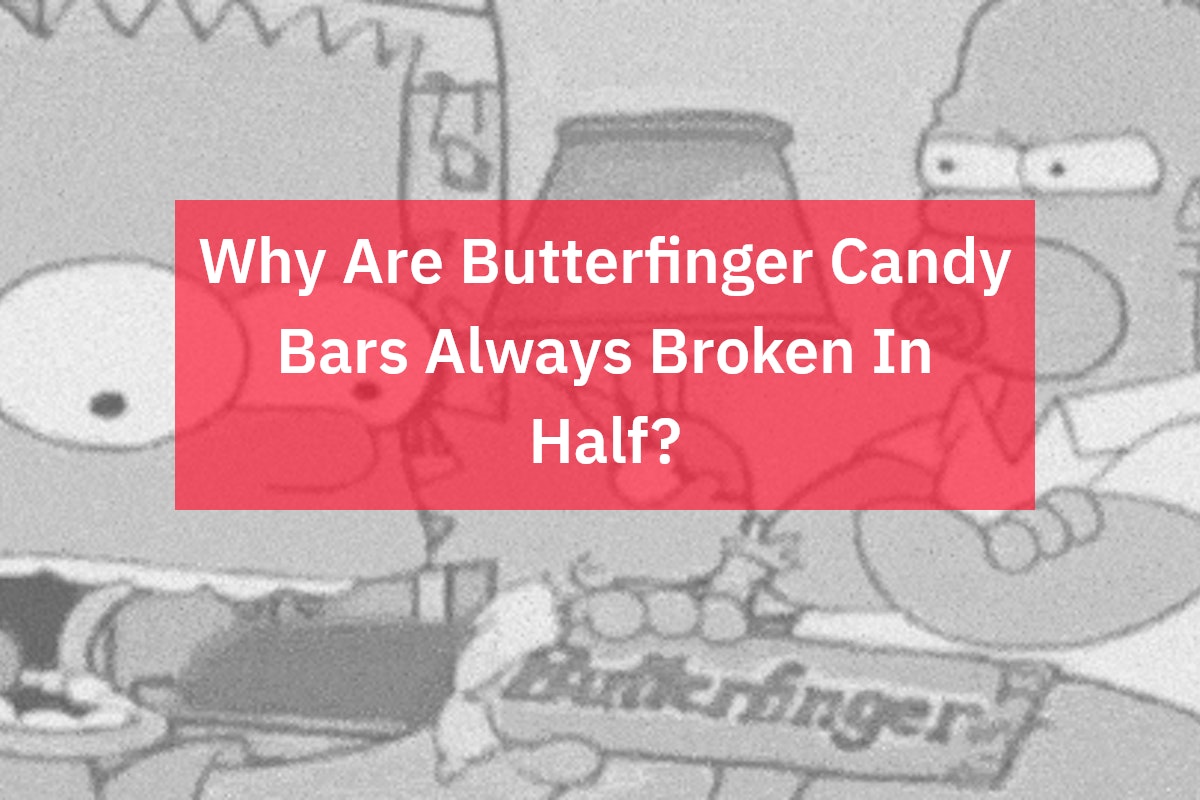













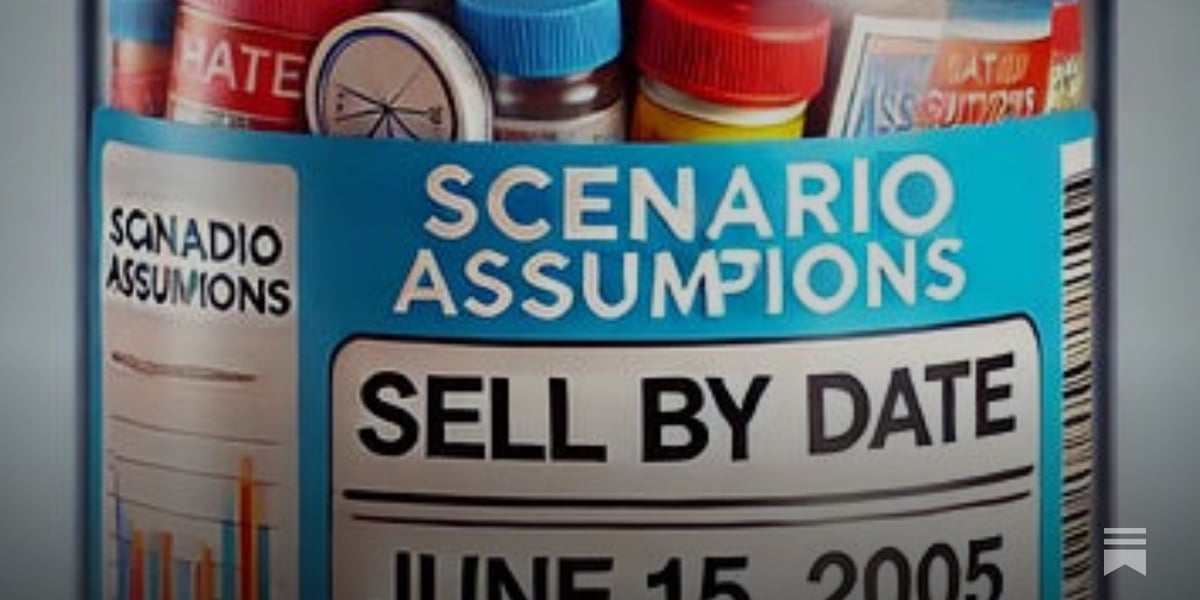
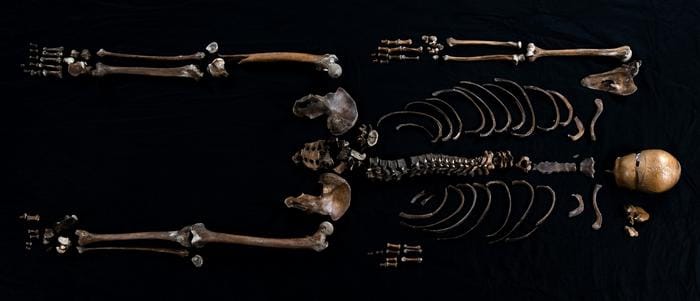








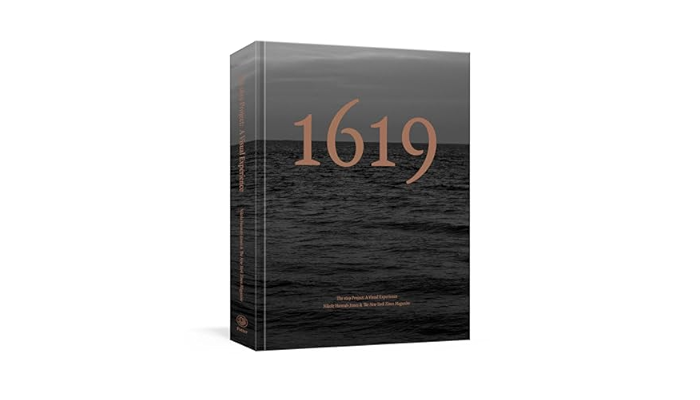
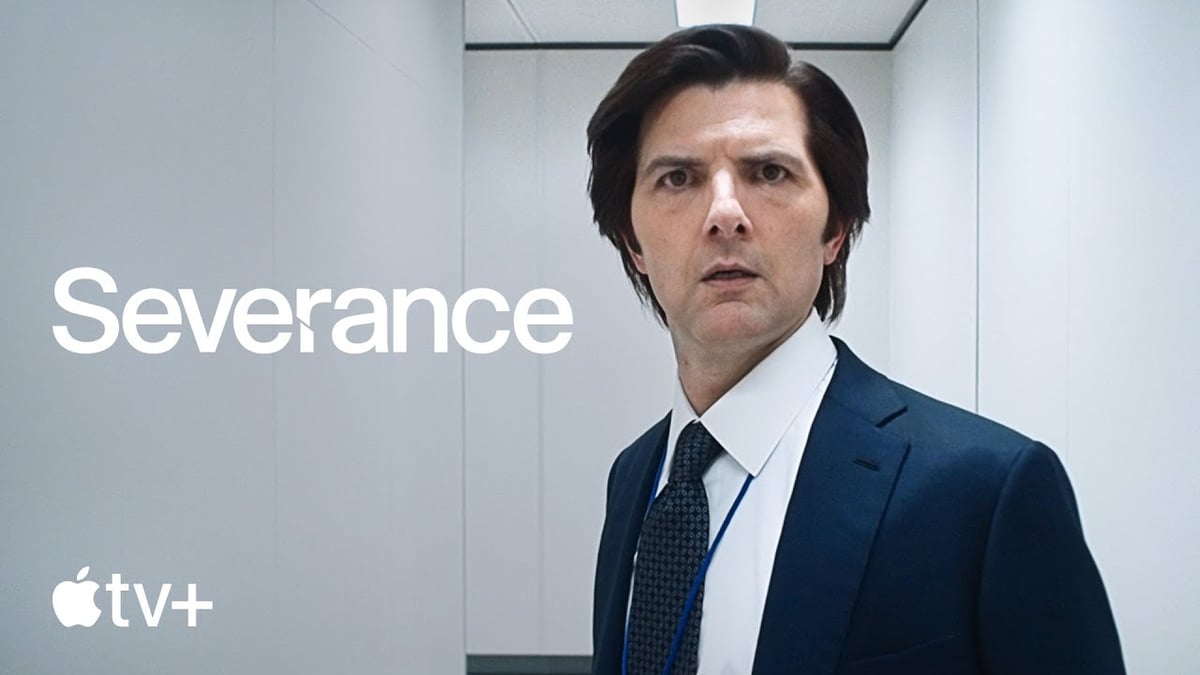









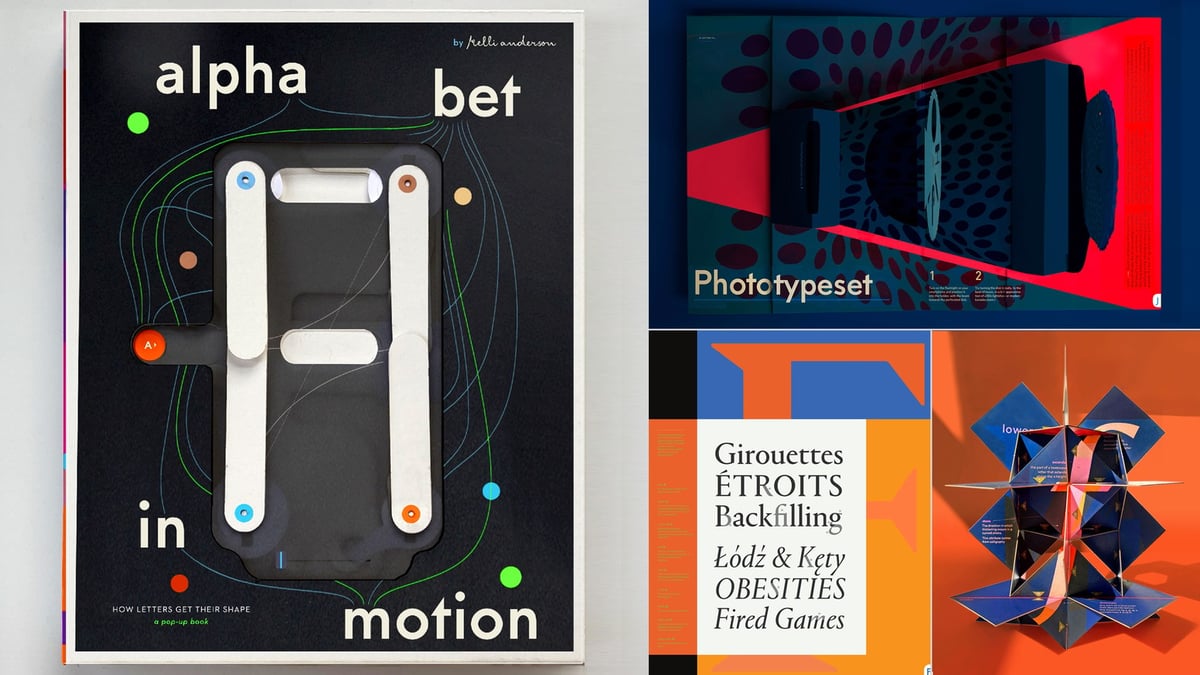
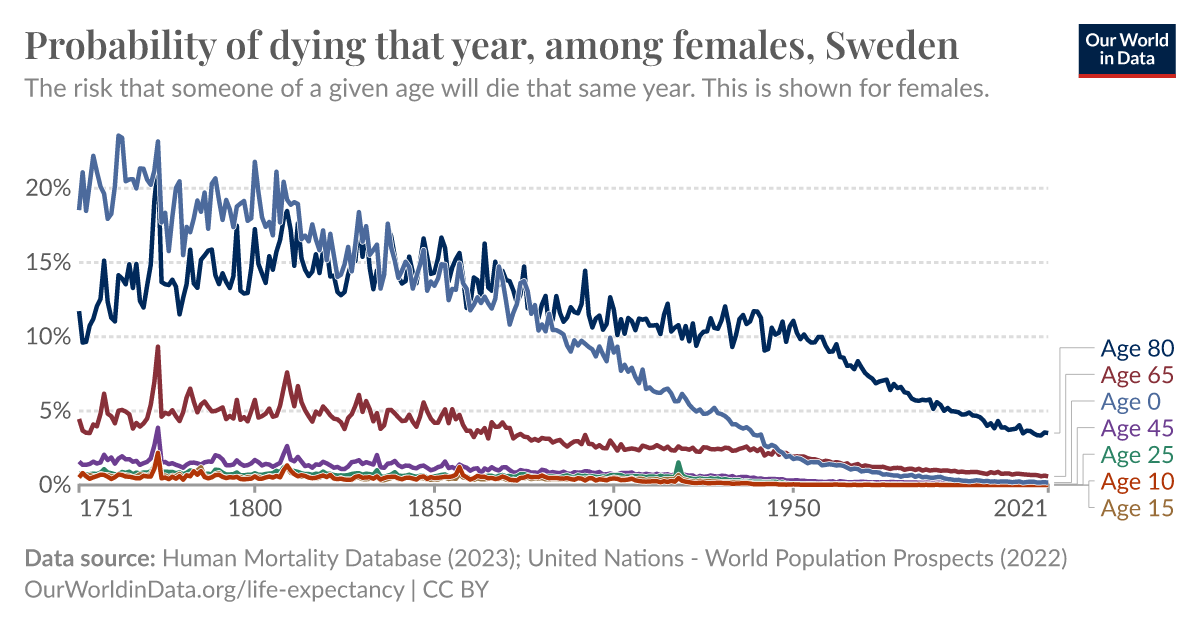











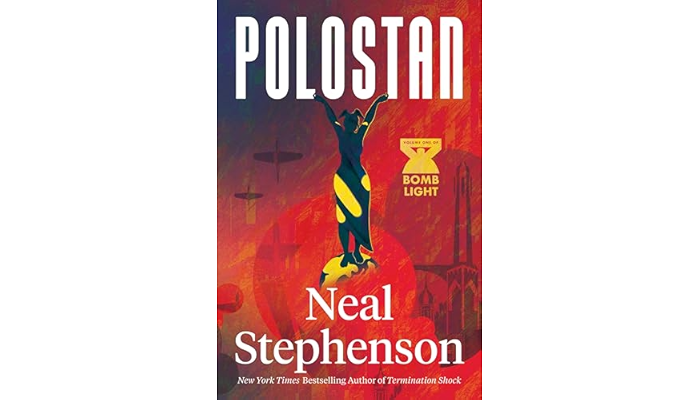










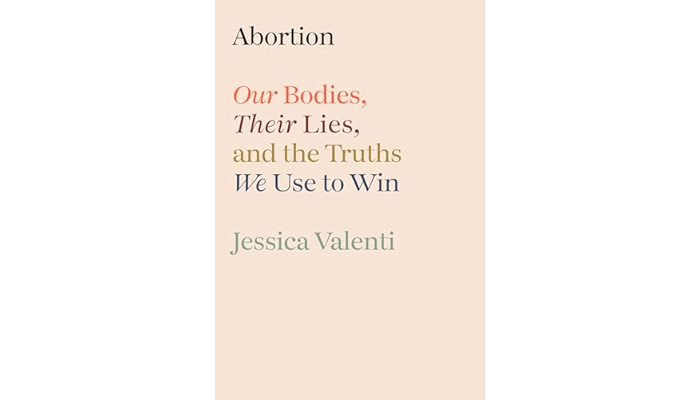
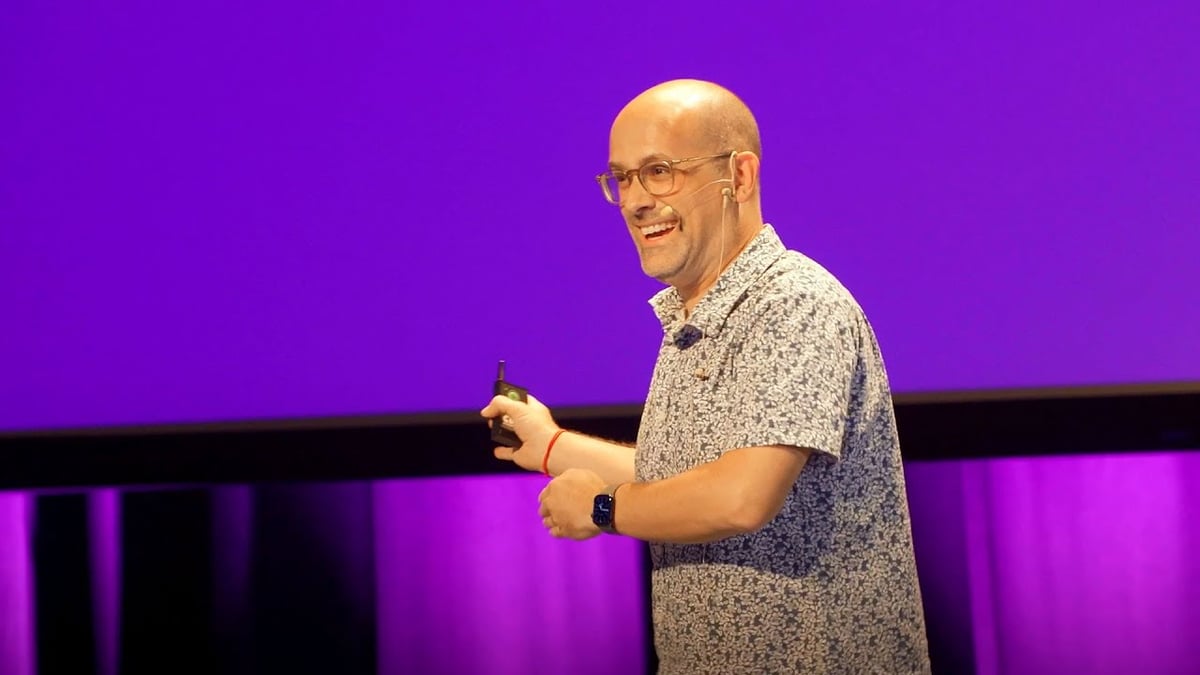




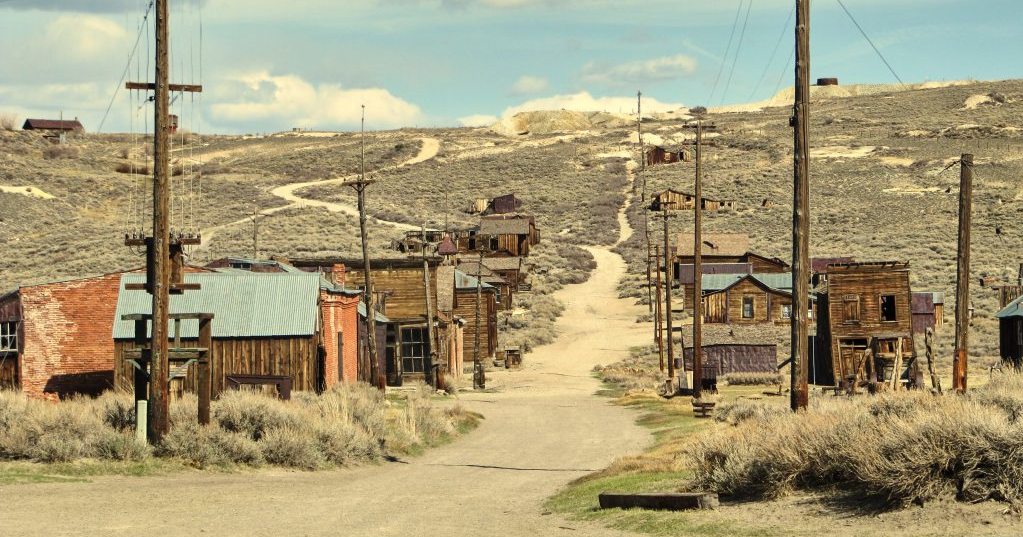

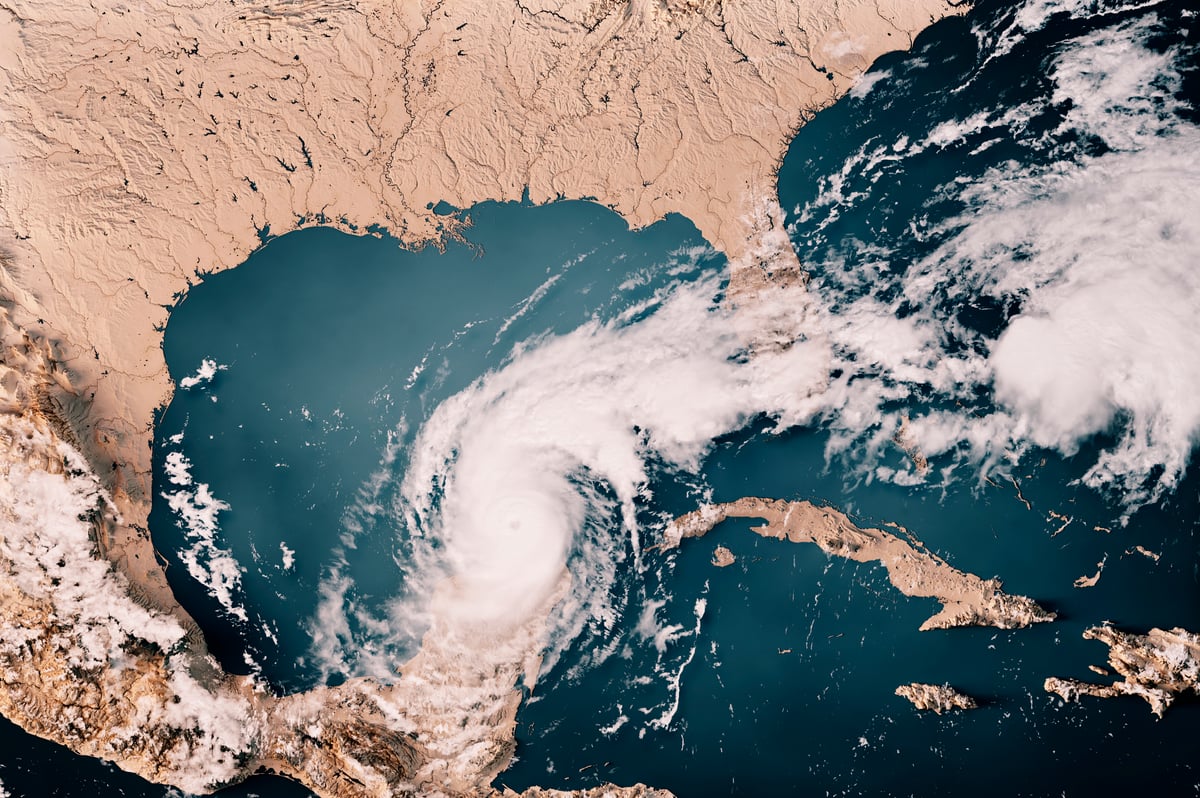


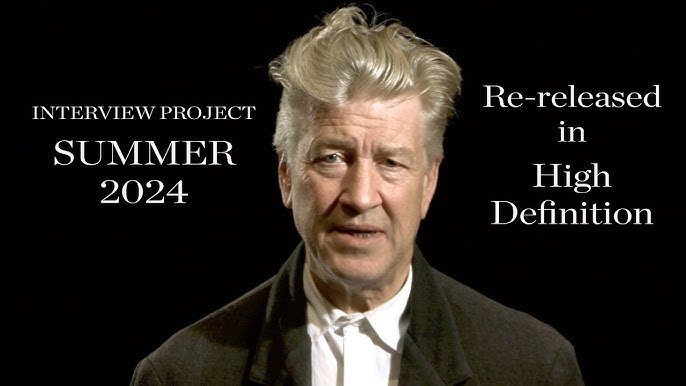










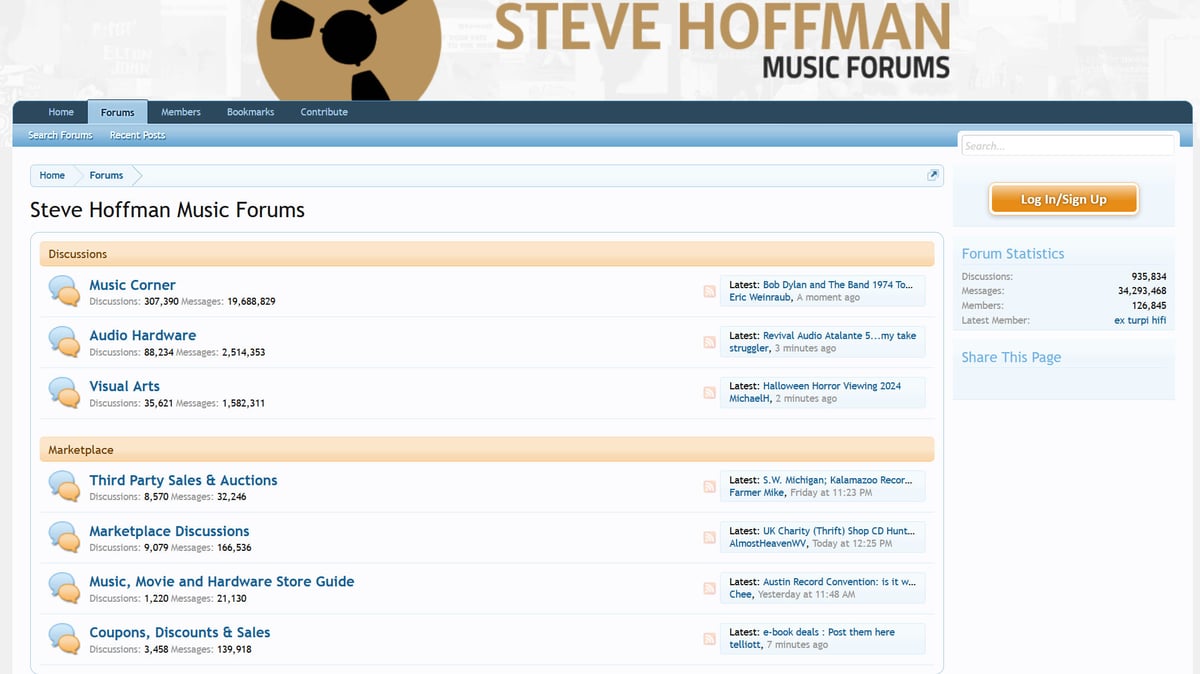



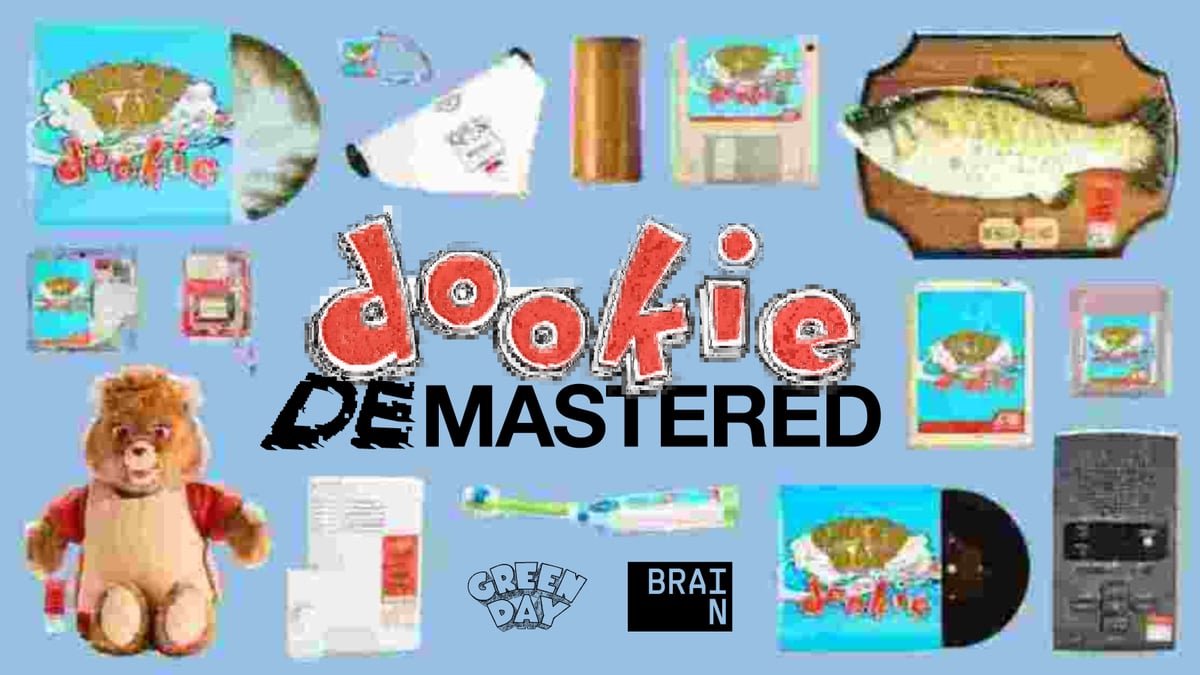



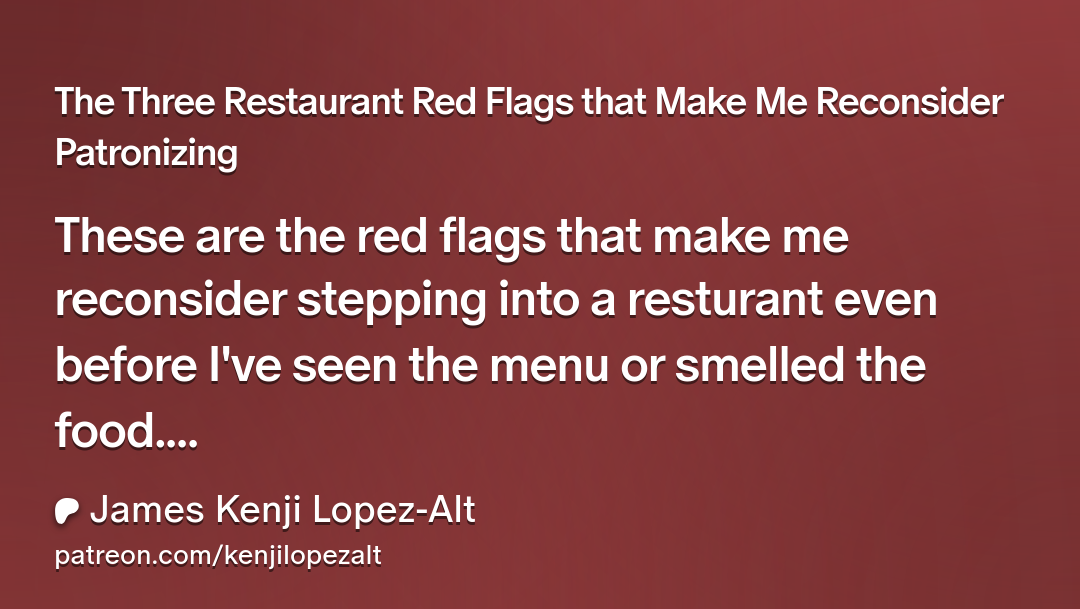
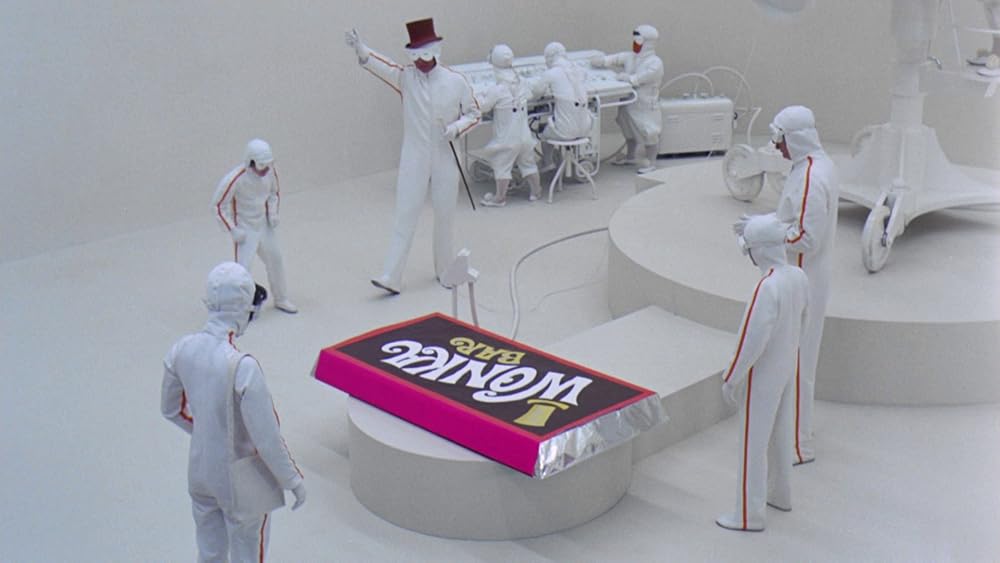
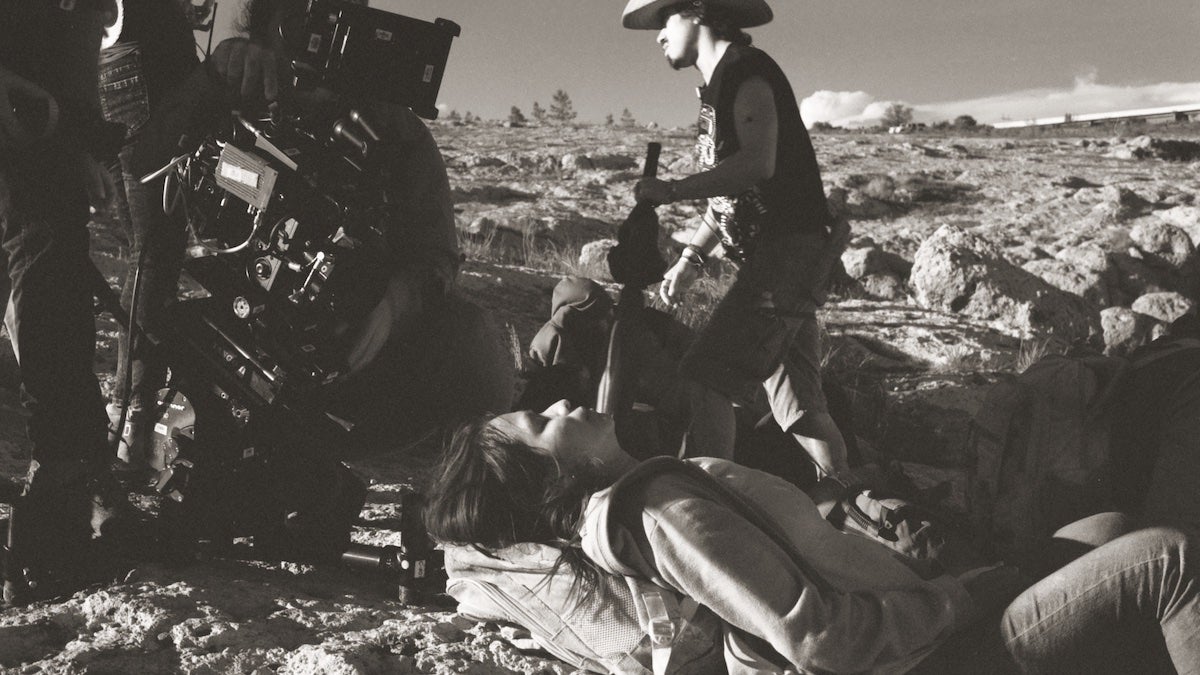






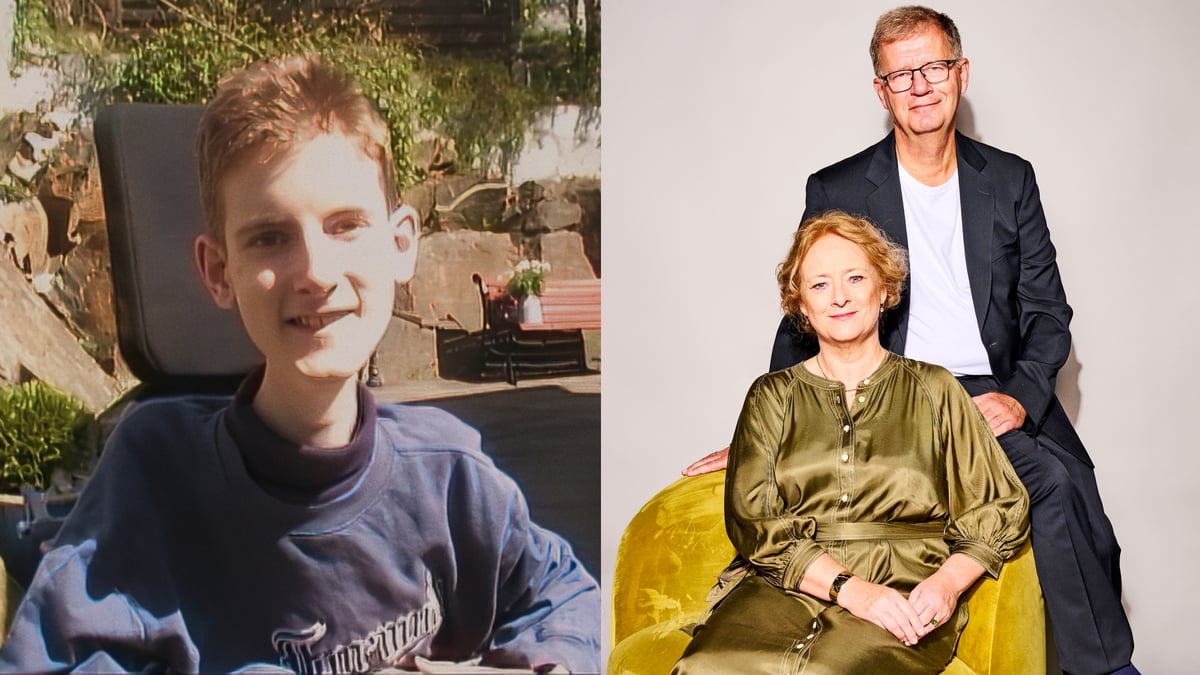



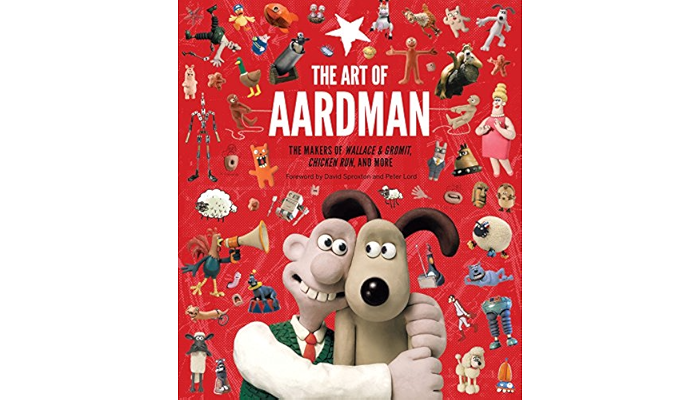
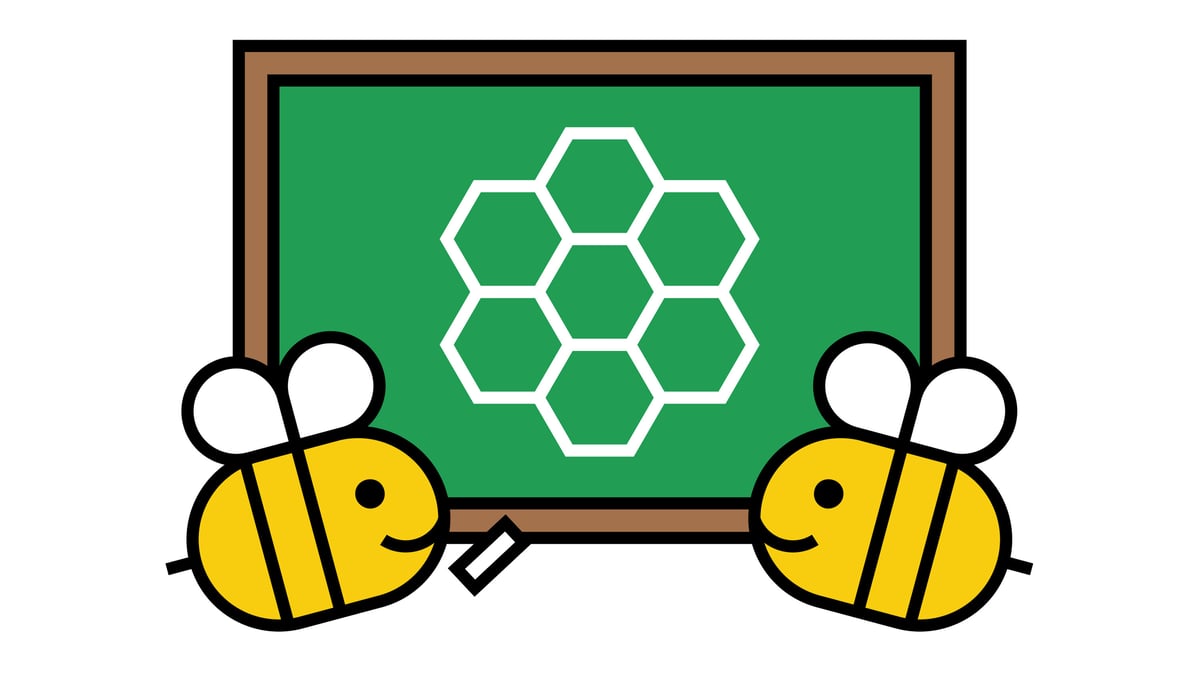



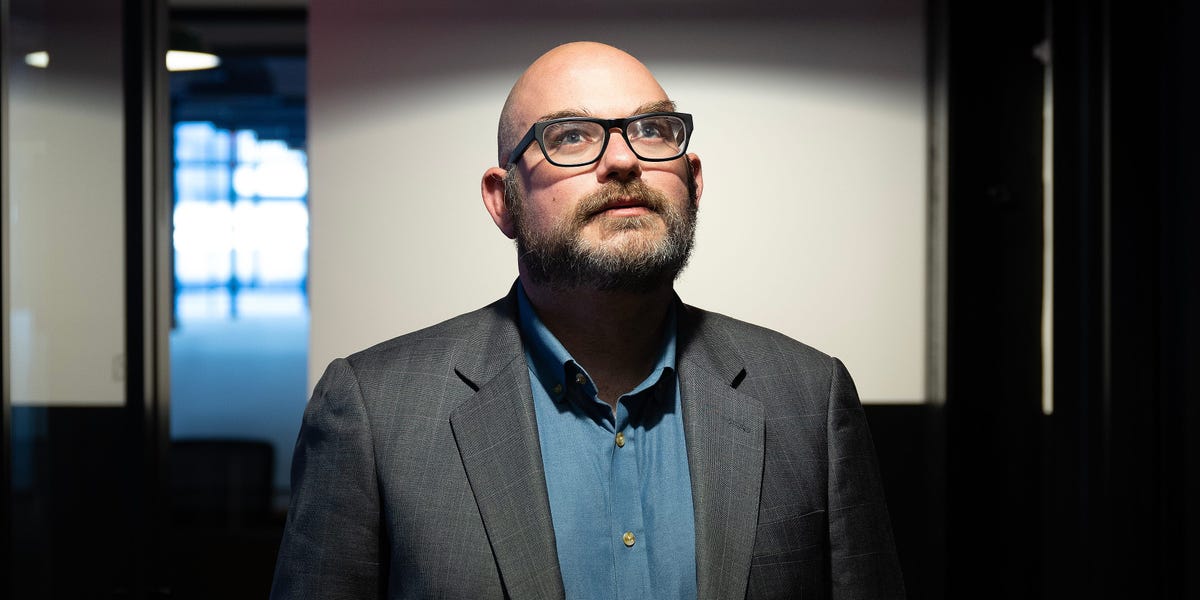

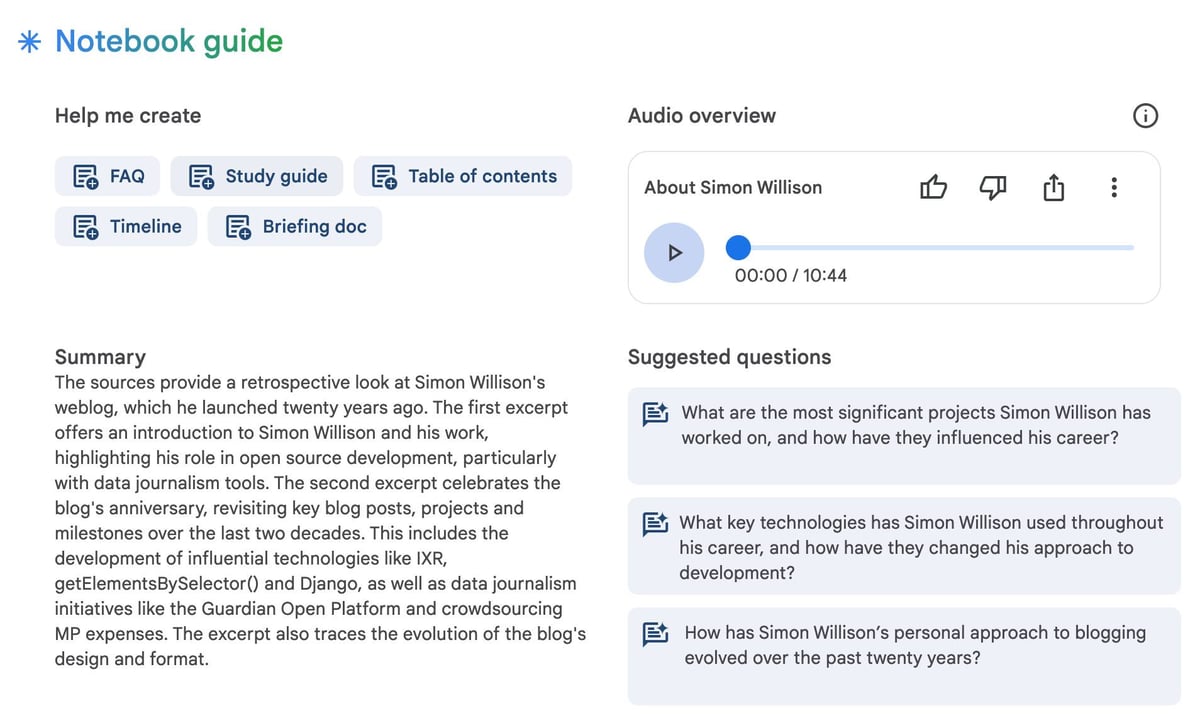




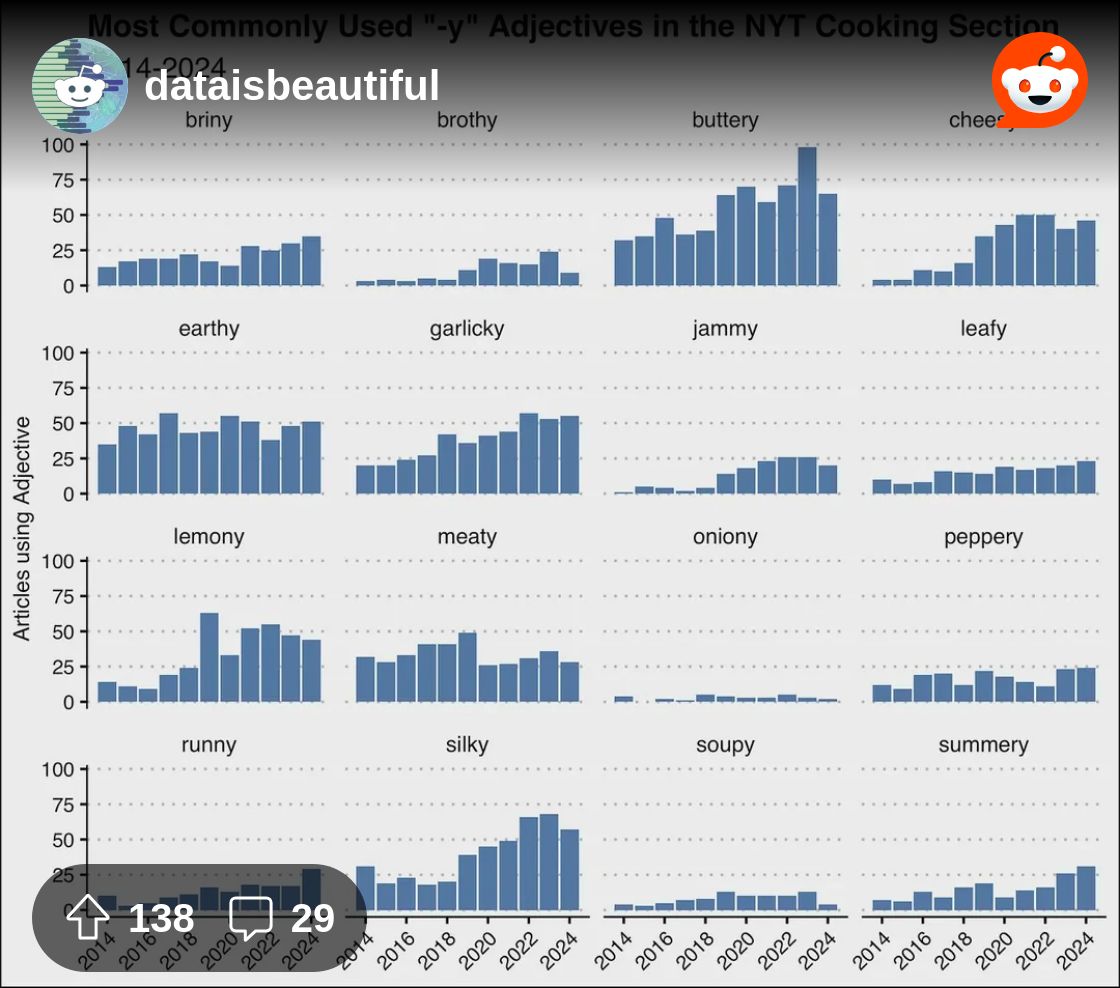




Stay Connected